AKLAN, October 25, 2022 – Running according to plan, the 11 regional offices of the Department of Agriculture – Special Area for Agricultural Development (DA-SAAD) Program and the National Program Management Office (NPMO) convened for a third-quarter assessment to report on the progress of its operations nationwide on October 17 to 21, 2022 in Aklan, Western Visayas.
With the whole team are SAAD Phase 2 new regions, some Program Steering Committee (PSC) representatives (from Special Projects Coordination and Management Assistance Division, Accounting Division, Bureau of Animal Industry, and Bureau of Plant Industry), Field Operations Service, and Project Development Service. The PSC and other DA delegates joined the workshop providing guidance on existing rules inside the agency and assistance on the issues raised by the regional implementers.
Quarterly assessments primarily reveal the overall physical and financial status of the program. It also aims to raise and address encountered issues as well as strategize on the anticipated challenges for the remaining months of implementation.
In his message, National Program Director Ulysses J. Lustria Jr. expressed his profound gratitude to the national and regional offices for their unwavering assistance and zealous pursuit of their goals.
Nearing the conclusion of Phase 1, and more importantly, embracing the pressure launching the Phase 2 while facing the impending budget adjustment, the regional offices had to either hold some projects, or municipalities initially targeted in the earlier version of the budget plan. This means that less assistance will be provided to targeted areas, or lesser areas will be reached with the adjustment.
Physical and Financial Performance
With a total budget of Php 923,789,000 for FY 2022, the SAAD Program had obligated 78% or Php 719,292,000 as of the third quarter. The top three regions in third-quarter obligation performance are Region 5 (93%), Region 13 (90%), and Region 11 (85%). Obligation is the proposed amount of commitments legally incurred by the program for the delivery of farm inputs and services in a fiscal year.
Meanwhile, the program also disbursed 50% or Php 361,190,000 of the obligated funds. The three regions with the highest rates for disbursement for the third quarter are Region 6 (80%), Region 12 (72%), and Region 11 (70%). Disbursement or disposition of government funds is the settlement of government payables or obligations by cash or check during a given period.
The NPMO however emphasized that all regional program management offices (RPMSOs) have demonstrated relatively positive performance (Table 1) as compared to previous years’ 3rd quarter performance (Figure1).Table 1. DA-SAAD’s 3rd Quarter Physical and Financial Performance
| DA SAAD | GAA | OBLIGATION | DISBURSEMENT | ||
| Amount | % | Amount | % | ||
| TOTAL | 923,789 | 719,292 | 78 | 361,190 | 50 |
| NPMO | 37,204 | 15,018 | 40 | 10,597 | 71 |
| CAR | 123,550 | 98,423 | 80 | 44,076 | 45 |
| 4B | 59,921 | 44,802 | 75 | 27,499 | 61 |
| 5 | 104,494 | 97,626 | 93 | 51,652 | 53 |
| 6 | 72,178 | 58,463 | 81 | 46,999 | 80 |
| 7 | 78,480 | 59,584 | 76 | 12,725 | 21 |
| 8 | 135,998 | 102,083 | 75 | 34,049 | 33 |
| 9 | 89,559 | 66,271 | 74 | 35,203 | 53 |
| 10 | 62,100 | 47,451 | 76 | 8,543 | 18 |
| 11 | 47,231 | 40,267 | 85 | 28,329 | 70 |
| 12 | 79,860 | 59,347 | 74 | 42,729 | 72 |
| 13 | 33,214 | 29,958 | 90 | 18,789 | 63 |
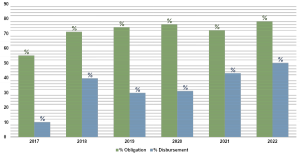
Figure 1. DA-SAAD’s 3rd Quarter Comparative Performance (% Financial Accomplishment for FY 2017 to 2022) This year’s third-quarter financial performance report showed that obligation and disbursement accounted for the highest percentage. This means that the national and regional operating units ensure optimum fund utilization, rendering effective financial management and strategic planning on the efficient and wise allocation of funds to various projects the program provides to its beneficiaries.
FY 2023 Budget Reprogramming
Mr. Darwin Pamatmat, NPMO’s Head for the Planning, Monitoring, and Evaluation Unit discussed the budget reprogramming among the covered regions for SAAD Phase 2.
Amid the downsized budget for FY 2023, the national and regional offices will continue to deliver its agri-fishery livelihood projects, enlisting different initiatives from the operating units. Measures include: 1) compressing activities, 2) reducing numbers of municipalities, livelihood projects, and group beneficiaries, 3) freezing staff hiring, 4) informing the local government units (LGUs) that only social preparation and livelihood projects are the priority activities, 5) adjusting projects budget, and 6) reprogramming integrated or multi-commodity projects to single commodity projects. These strategies will vary upon region’s strategy.
Strengthening SAAD’s baseline data
The Information and Technology (IT) sub-unit, leading the central office and the regional arms, agreed to settle the target accountabilities for the remaining quarter, as part of improving the program’s unified database. This includes intensifying the profiling activity which is needed in the baseline data, while strengthening the delivery system of programs and projects, said NPMO IT Head Mr. Randy Ocampo.
Further, the IT team will take essential steps to improve website security and protect it from hackers. This means that all communication and data is encrypted as it passes from the browser to the SAAD website’s server.
CSO Accreditation
Meanwhile, Engr. Cyril Soliaban from the Planning, Monitoring, and Knowledge Management Division of the Philippine Council for Agriculture and Fisheries discussed the revised guidelines on Civil Society Organizations (CSO) accreditation and engagement for both national and regional levels.
In the Revised Administrative Circular No. 3 Series of 2022, the DA recognizes the role of the CSOs in community development towards the successful implementation of the agriculture and fishery programs and projects in the country. Ensuring proper, efficient, and effective project executions, the DA partners with the CSOs who are bound with accreditation guidelines.
The objectives stipulated in this circular include; 1) encourage people’s participation in agricultural development based on the principle of good governance, 2) ensure that only DA accredited CSOs can participate in the implementation of agri-fishery programs and projects, 3) promote transparency and accountability, 4) improve the system of check and balance, 5) safeguard the use and allocation of government resources, 6) ensure efficient, effective, and ethical program implementation, and 7) guarantee compliance of existing pertinent laws, rules and regulations.
Following this, said accreditation will help the SAAD Program identify farmer-groups who are eligible for DA assistance, while it is also another way of clustering its farmer-beneficiaries.
Closing Ceremony
Echoing the recently concluded World Food Day theme, SAAD Director Lustria Jr., emphasized the theme “Leave NO ONE behind” discussing impacts of the state’s initiative to assist the marginalized sectors. In its SAAD Phase 1 provinces, poverty incidence among families decreased from 25.1 (2018) to 22.1 (2021) even with the effects of the COVID-19 pandemic. He affirms the implementers that somehow, with the program and beneficiaries persistence, the goal of poverty alleviation through food security and increased income for the marginalized agri-fishery sector is achieved.
Regions 1, 2, 3, and 4A are the new SAAD areas of operation for Phase 2. Selected provinces and municipalities in each region are based on the top 1/3 municipalities with the highest poverty incidence and those belonging to the 5th and 6th income class. ###
Writer: Jennifer A. Valcobero, DA-SAAD NPMO Information Officer
Sources: DA-SAAD NPMO PME and IT team
Photos by: Ray Bart B. Manoguid, DA-SAAD NPMO Information Officer

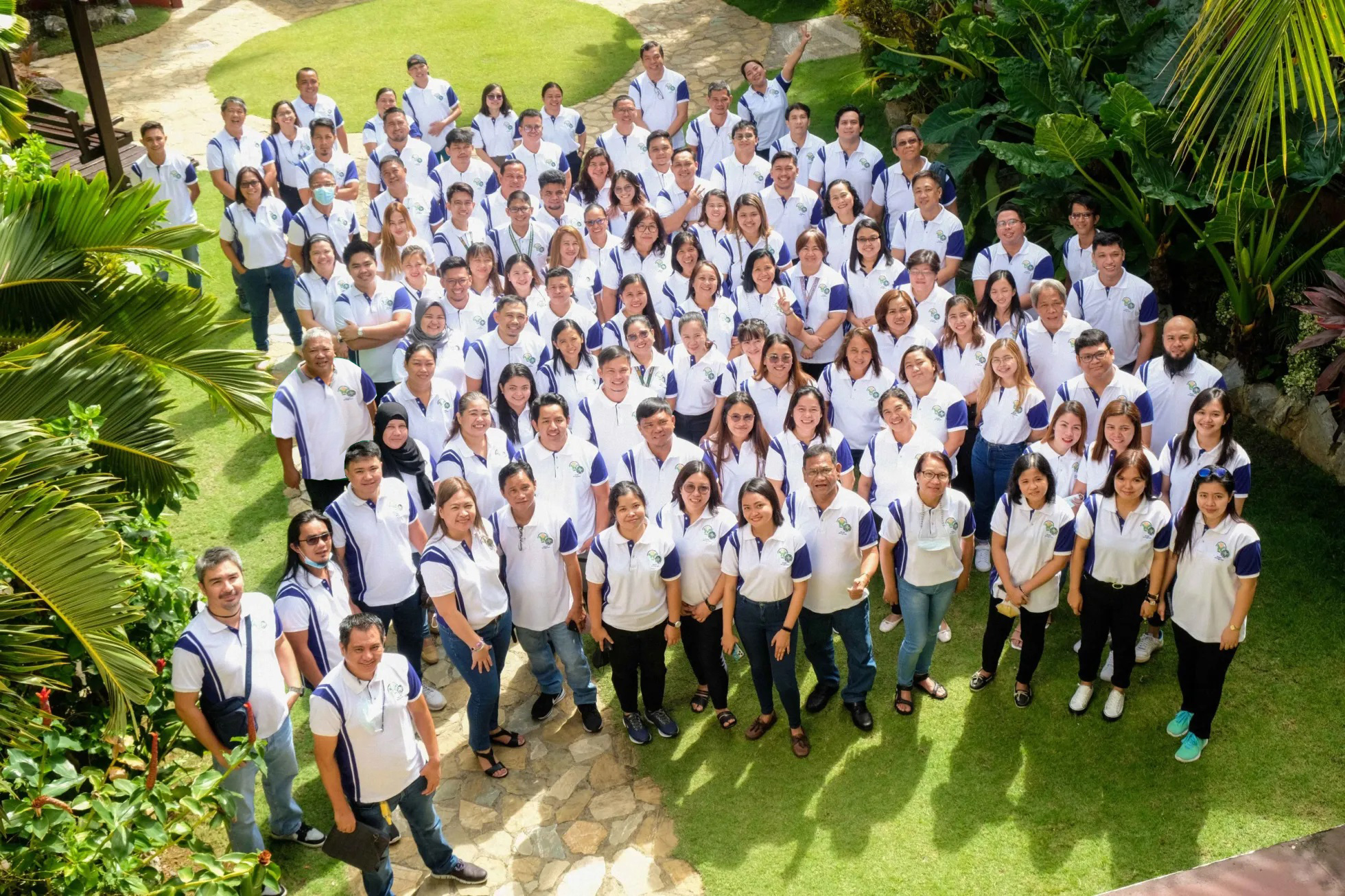

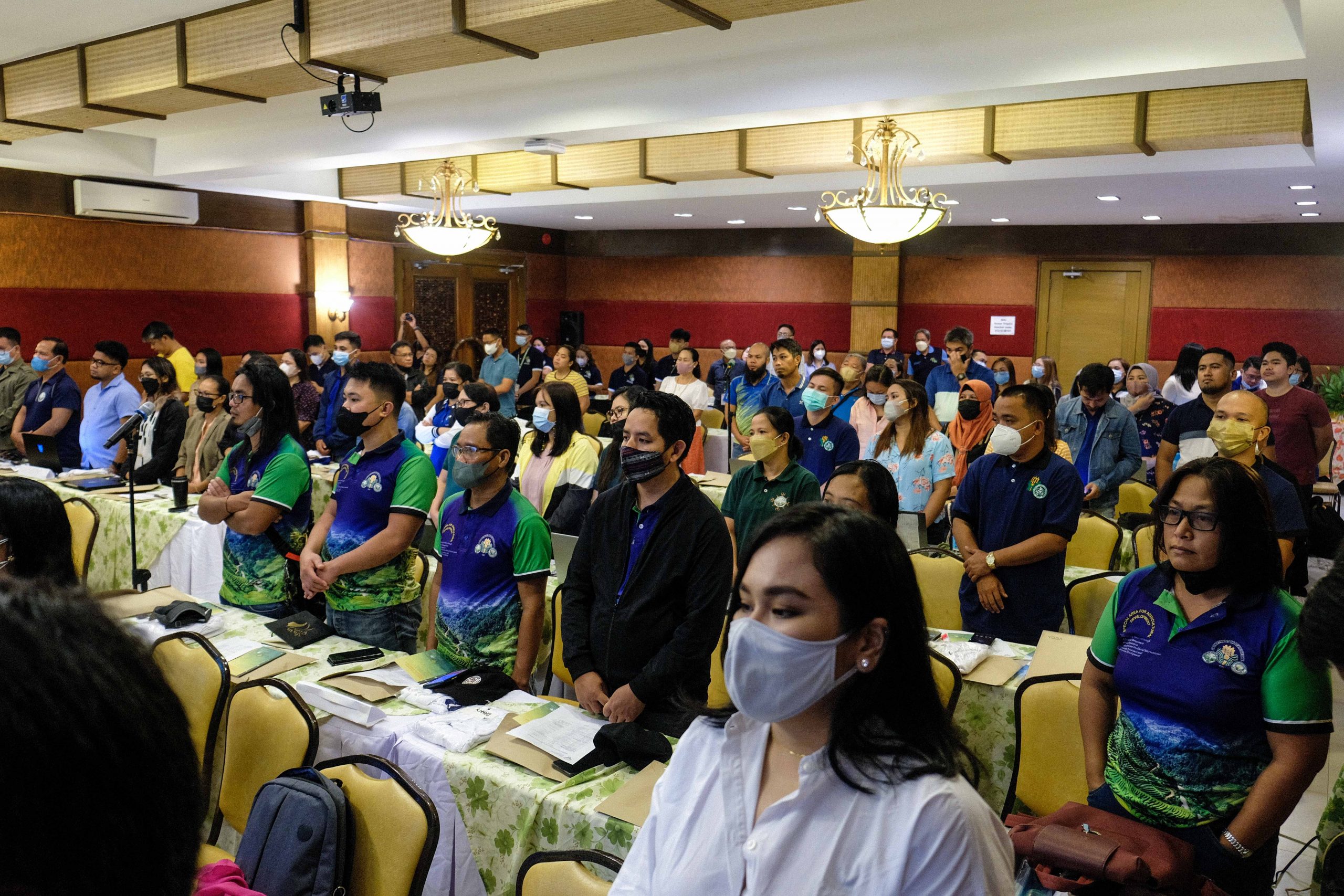
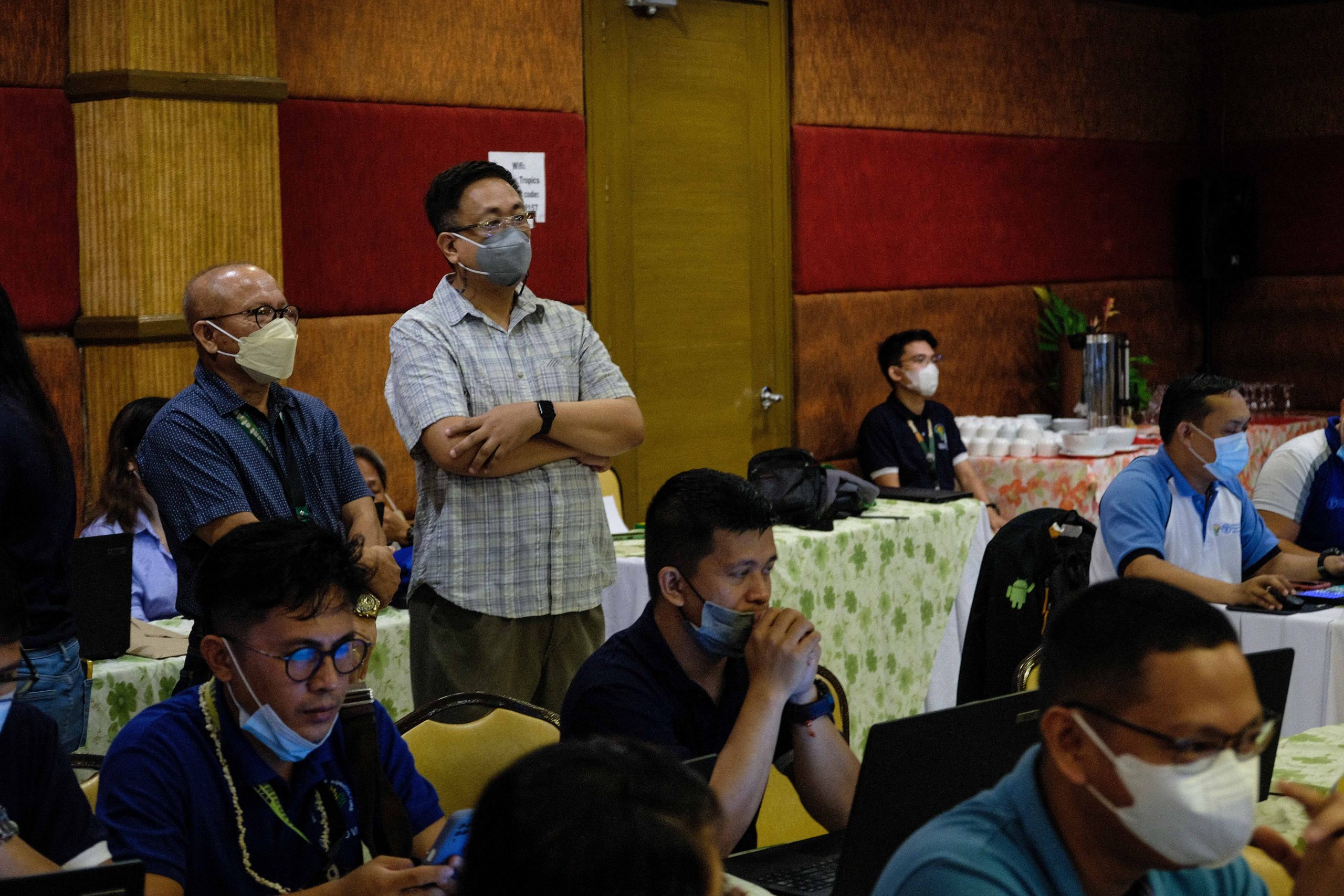
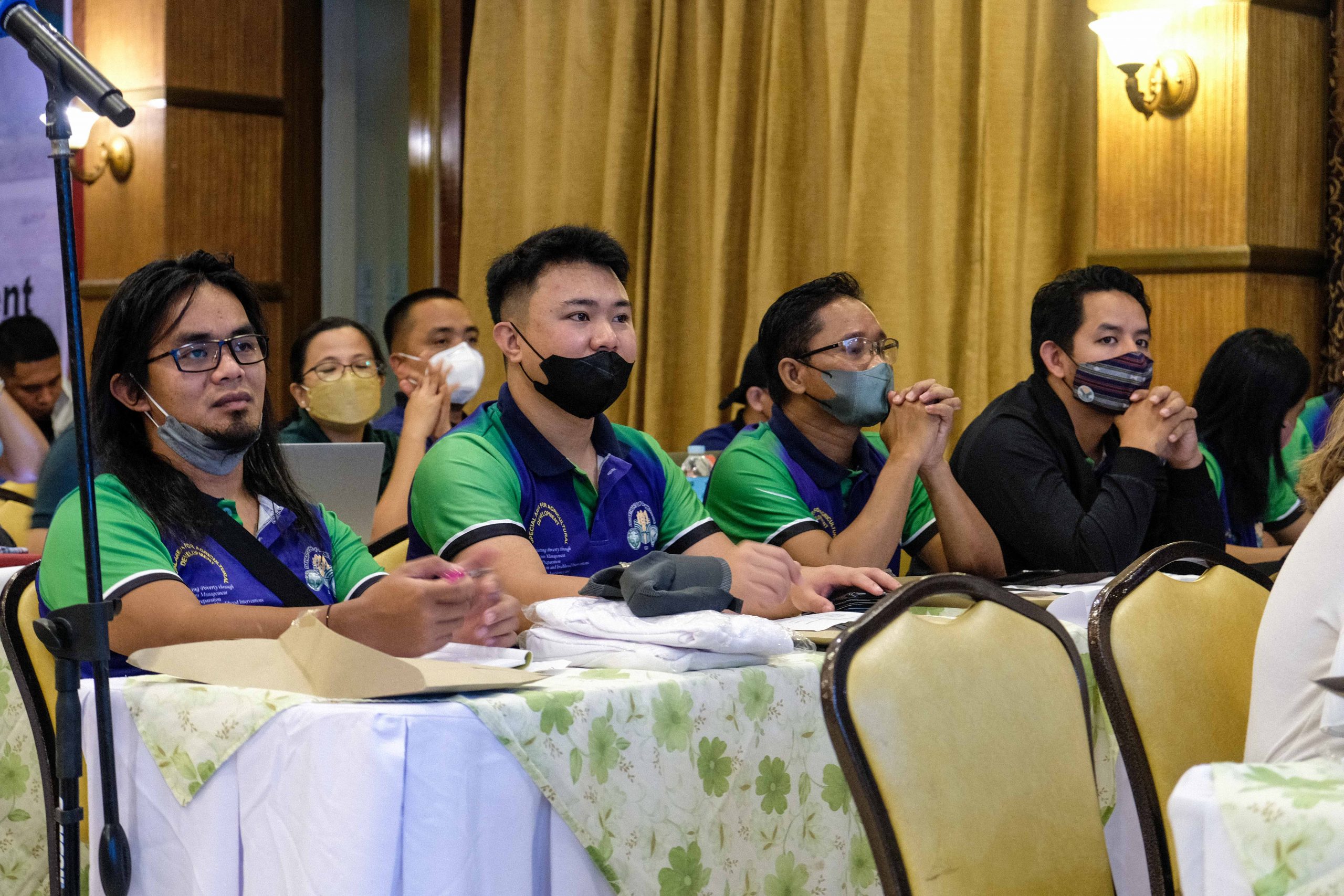
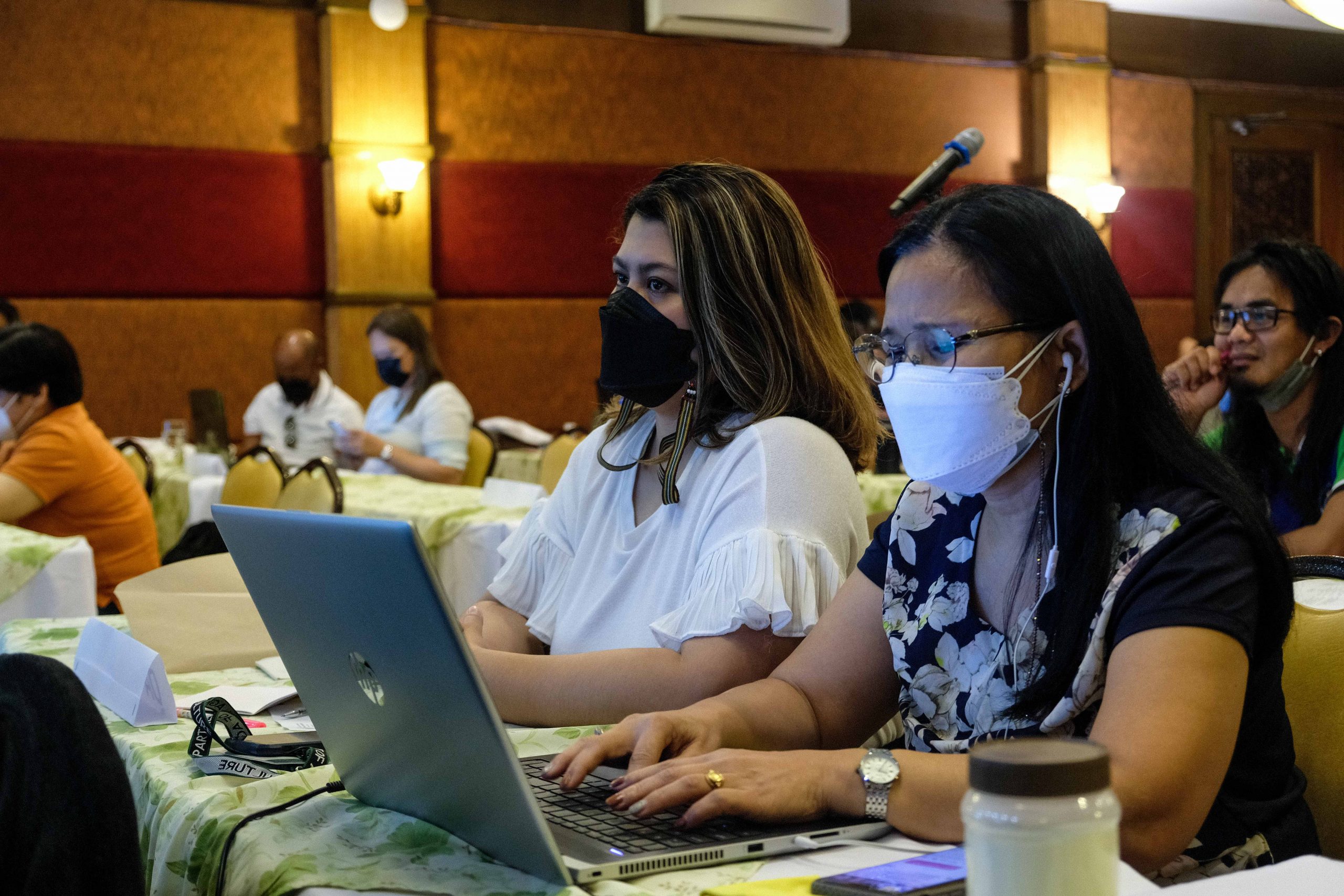
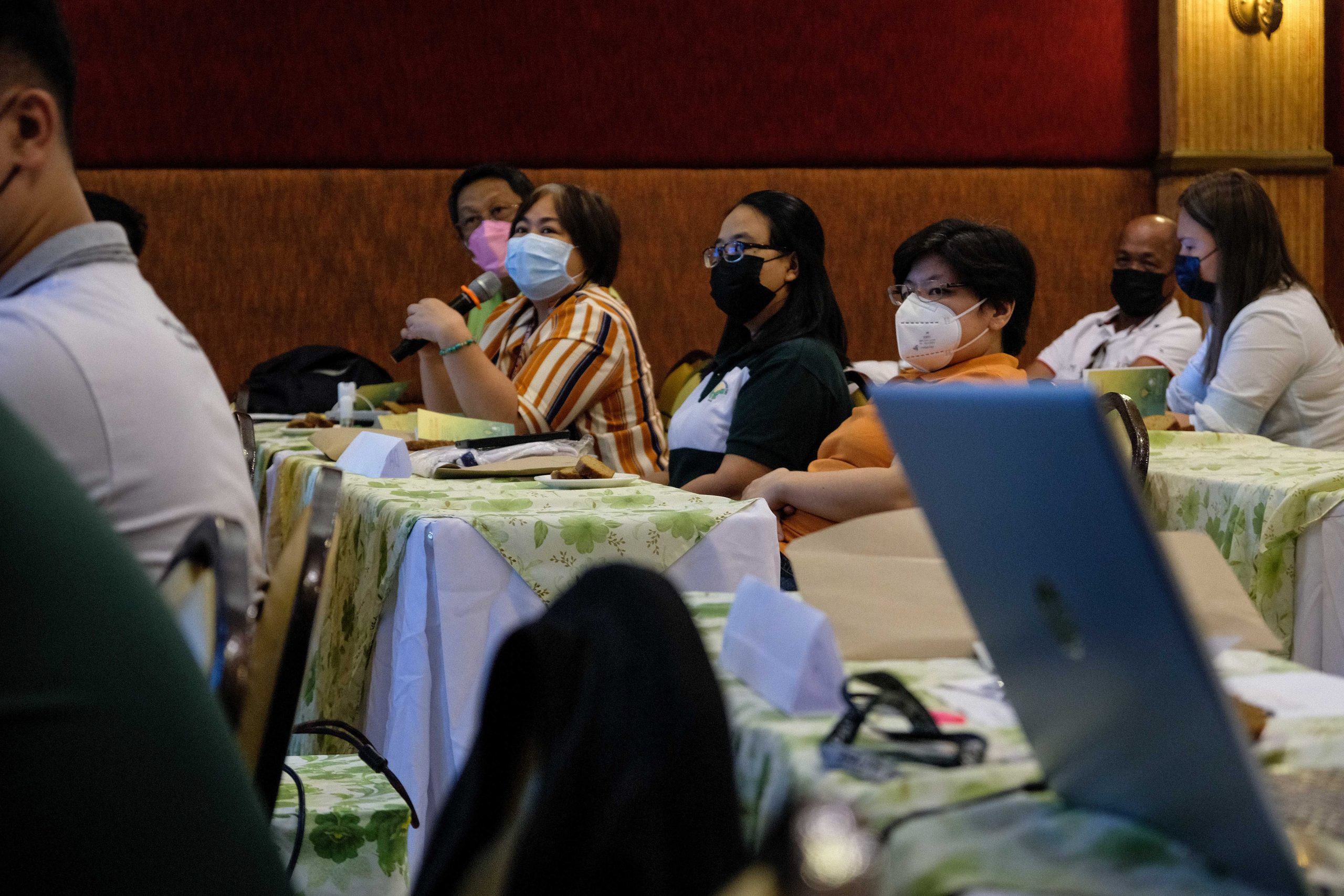
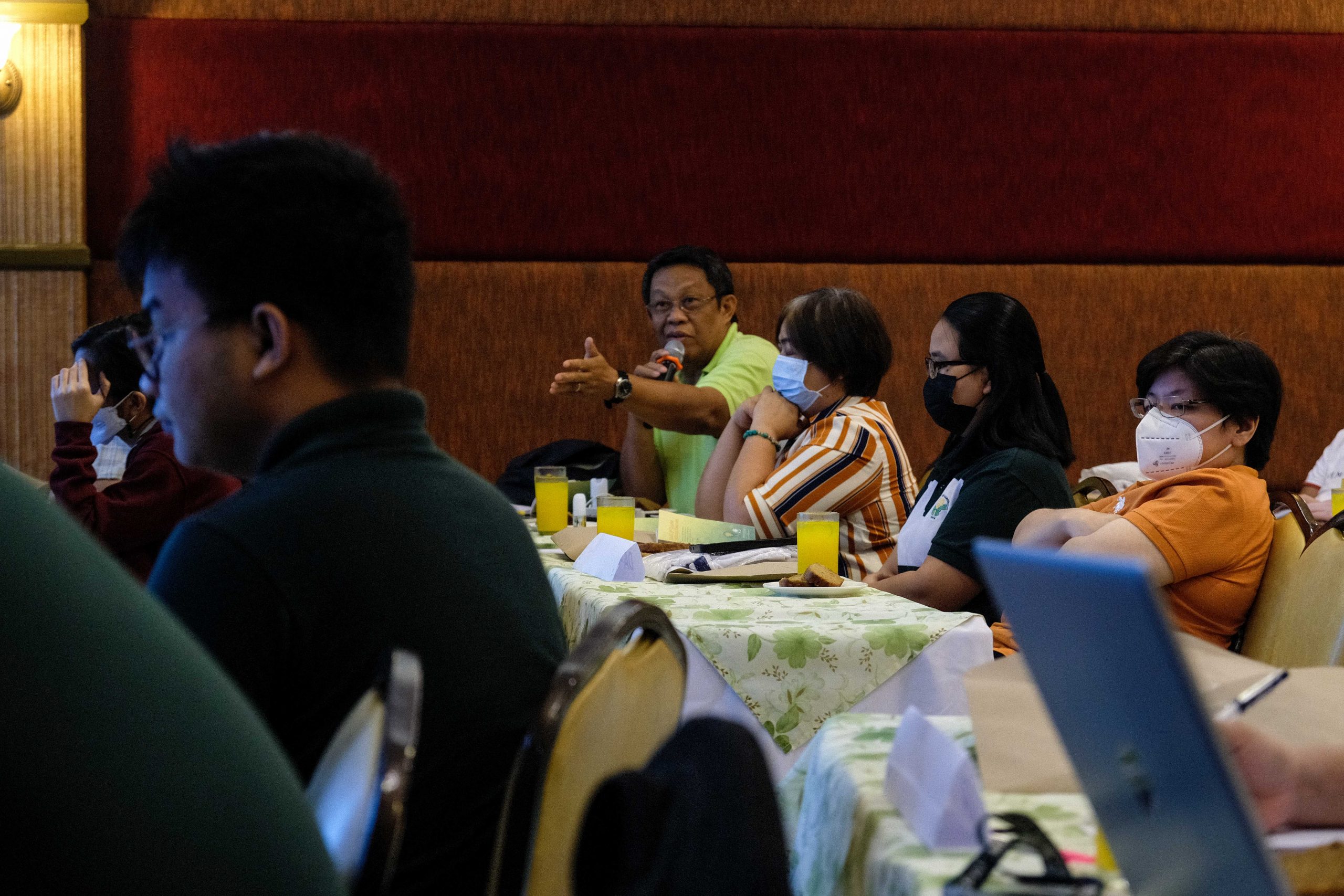
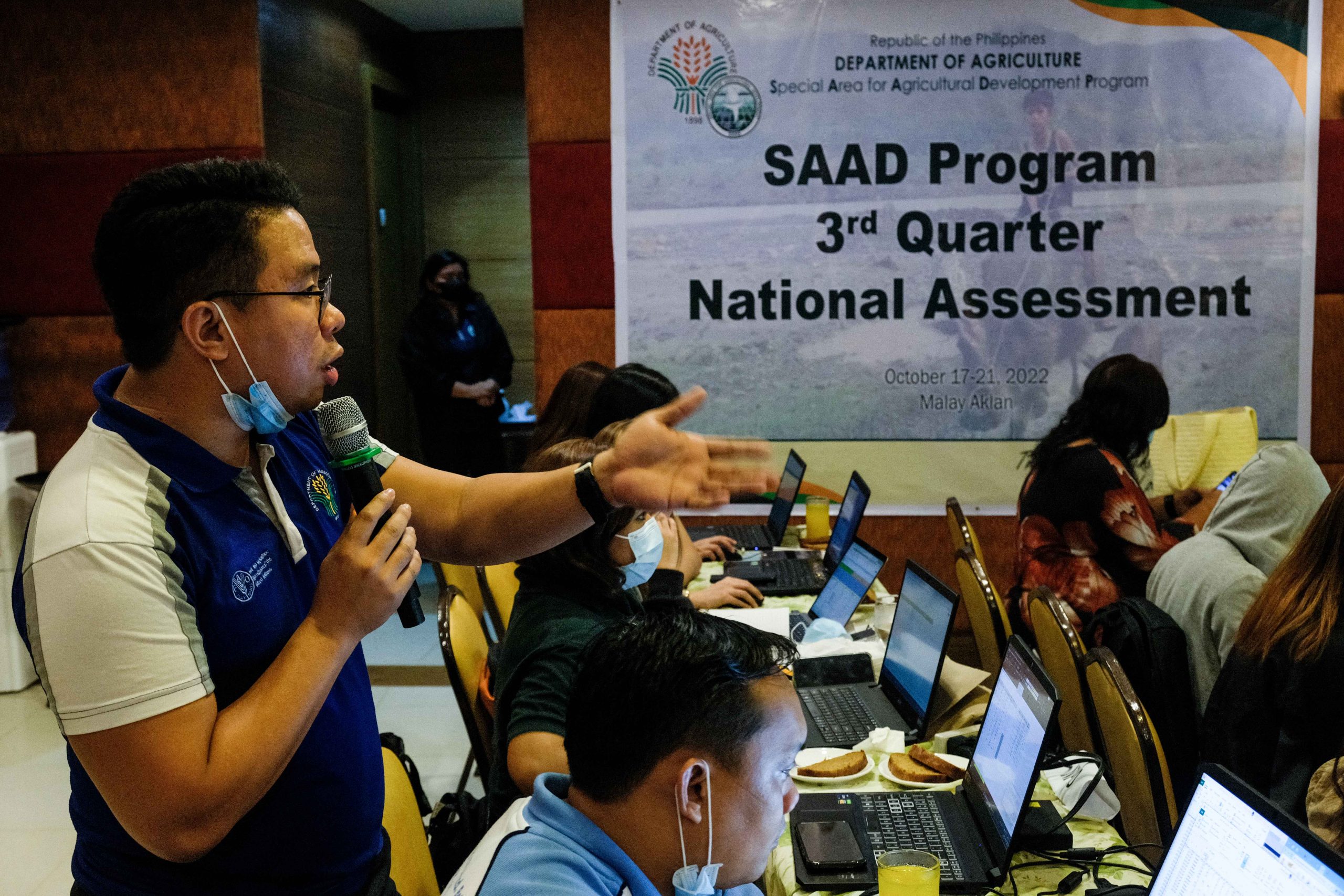
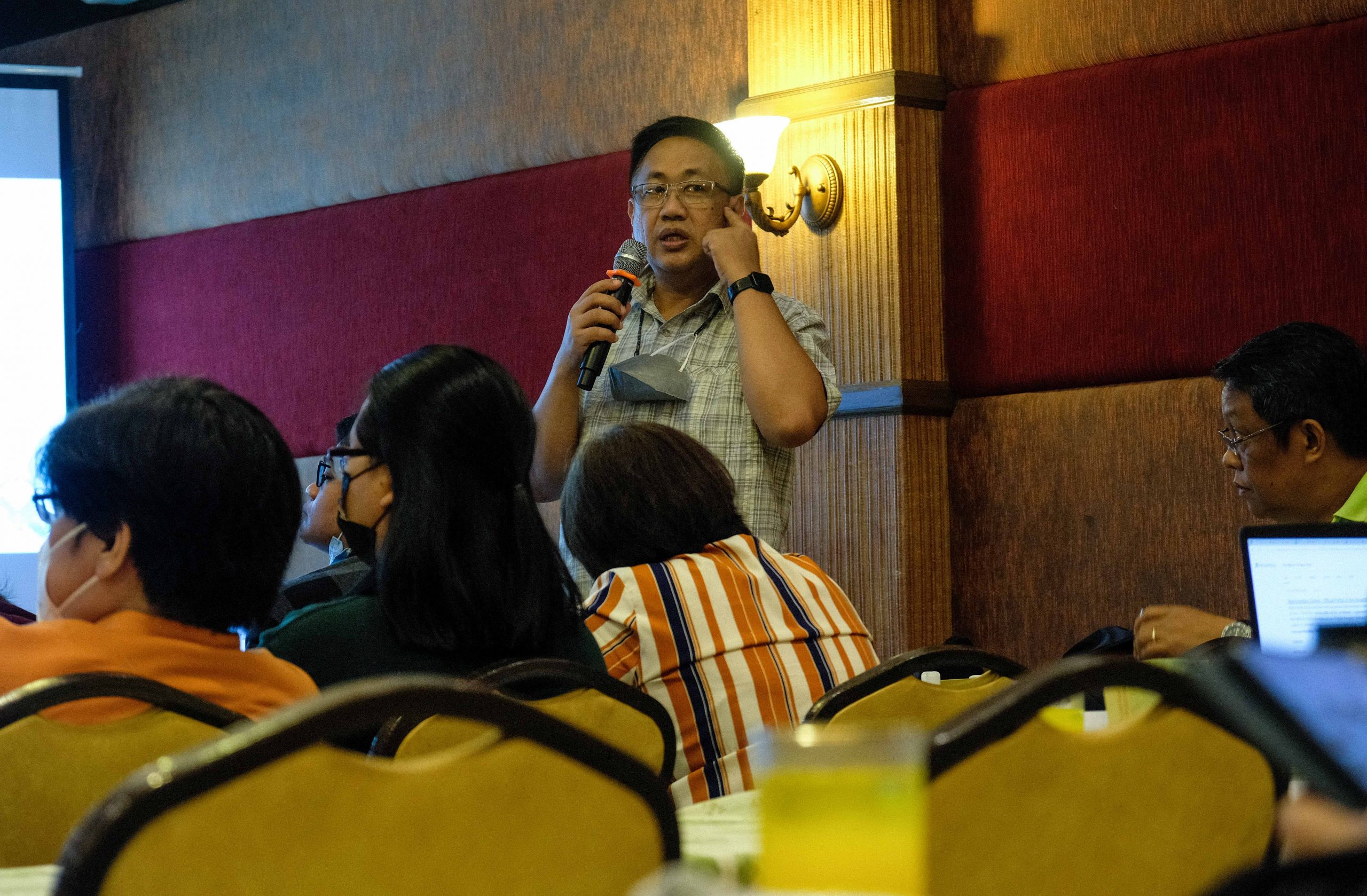
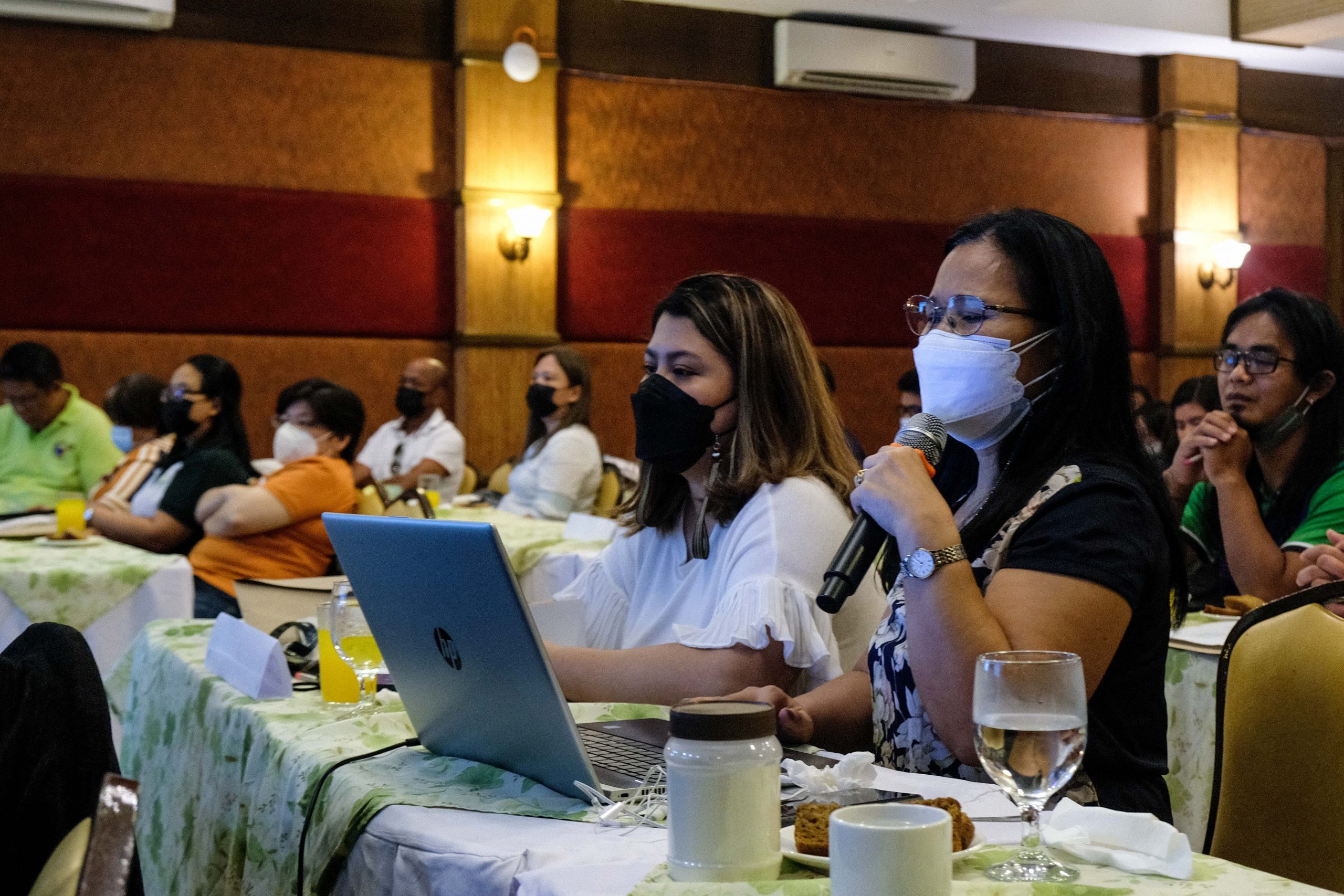

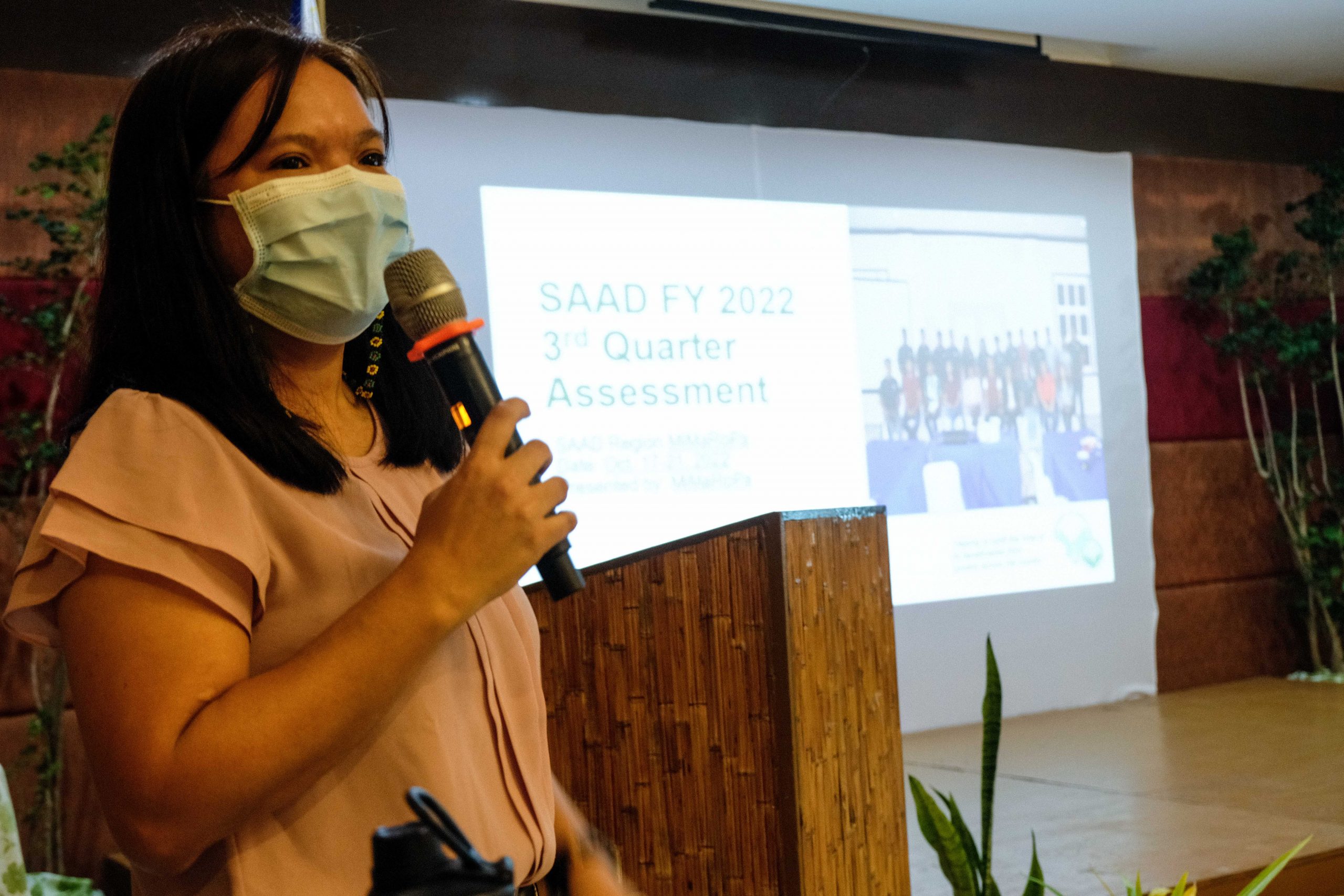
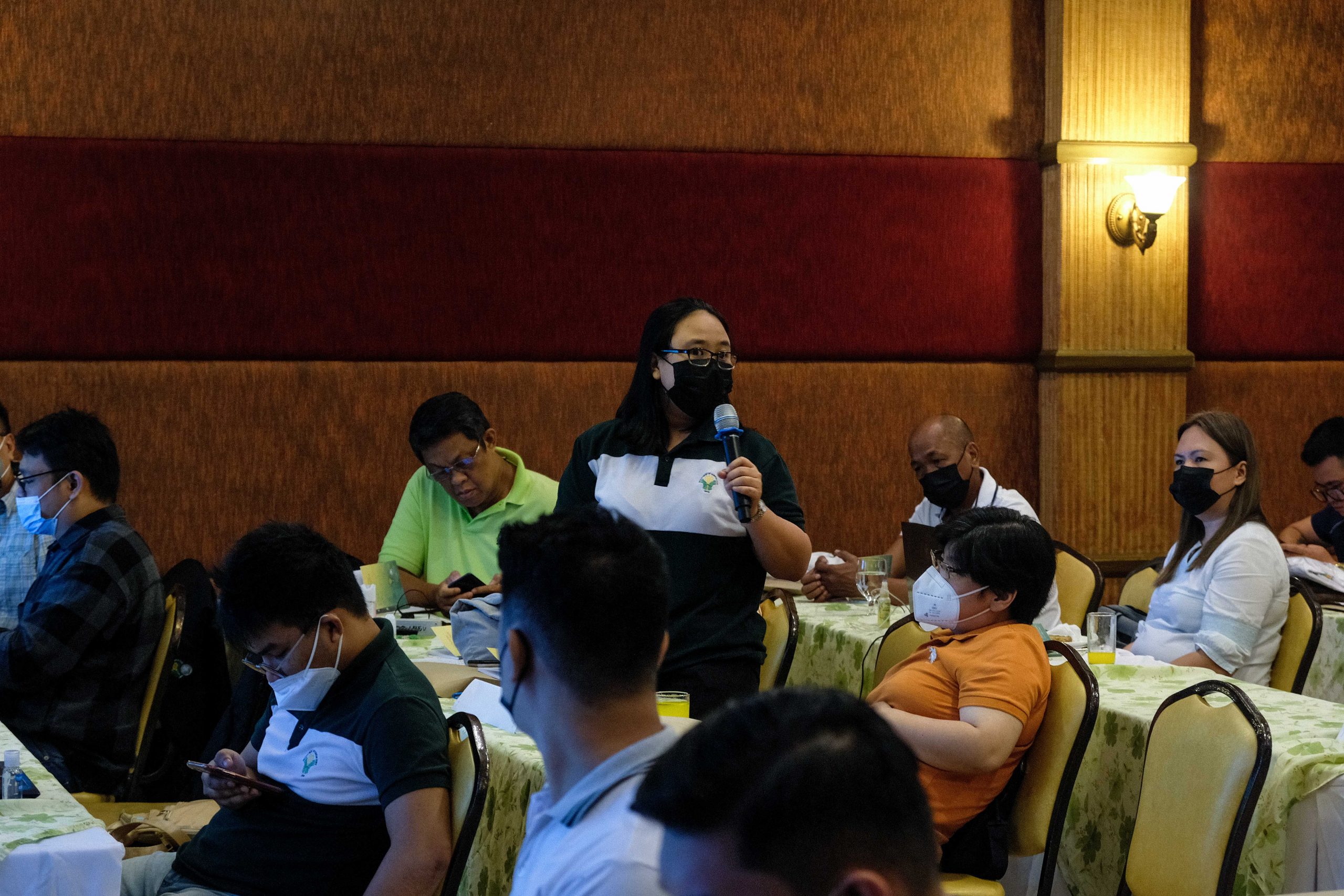
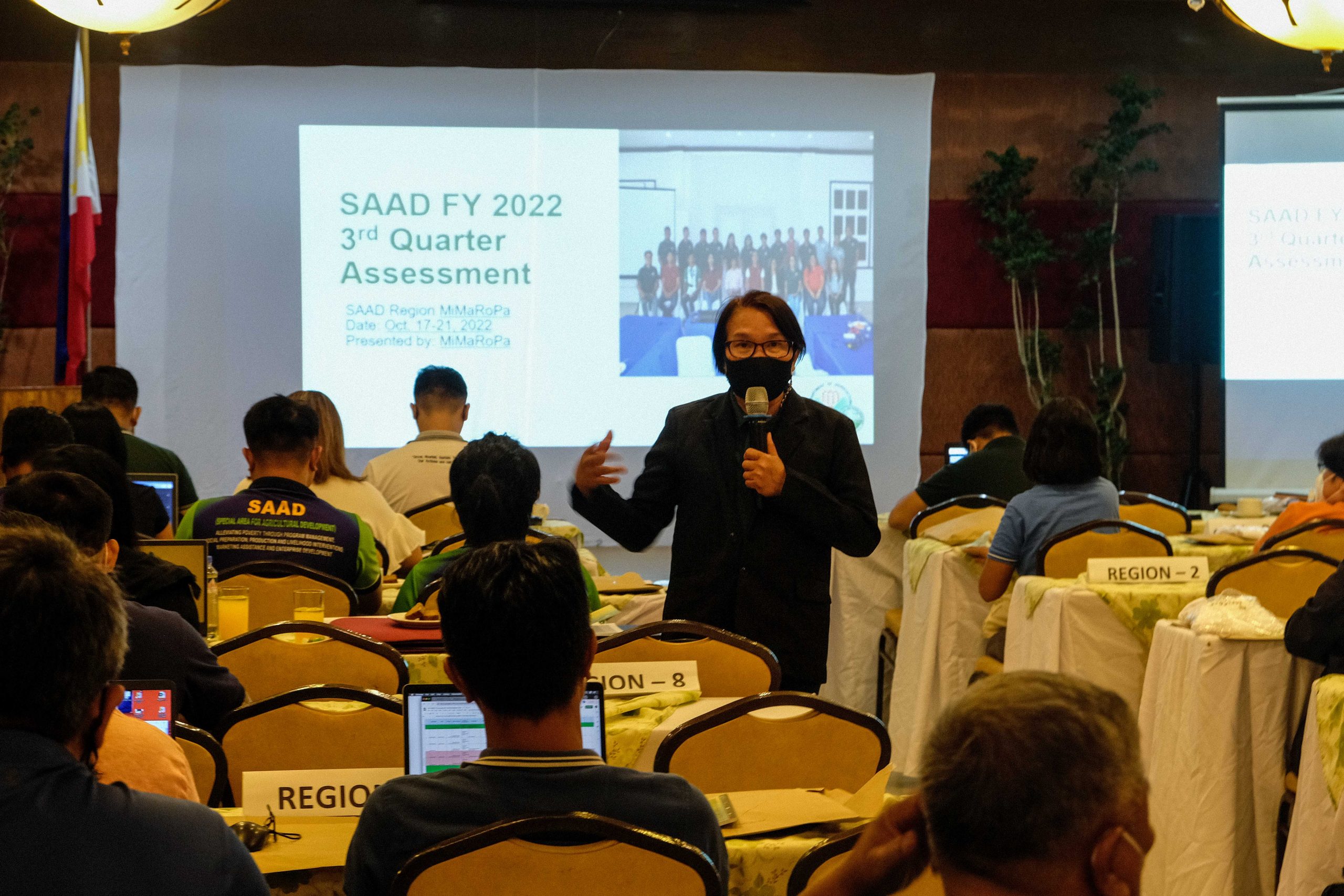
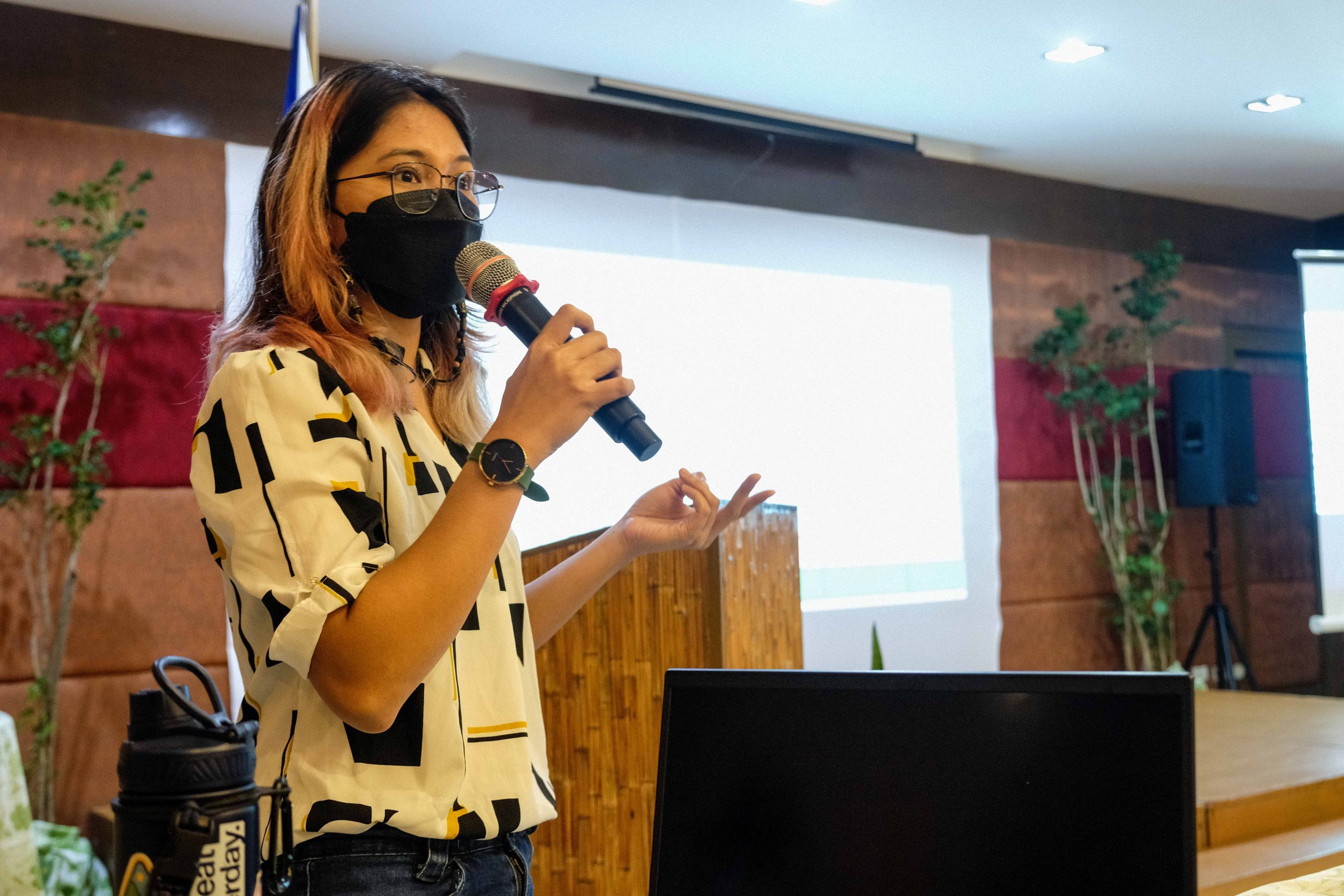

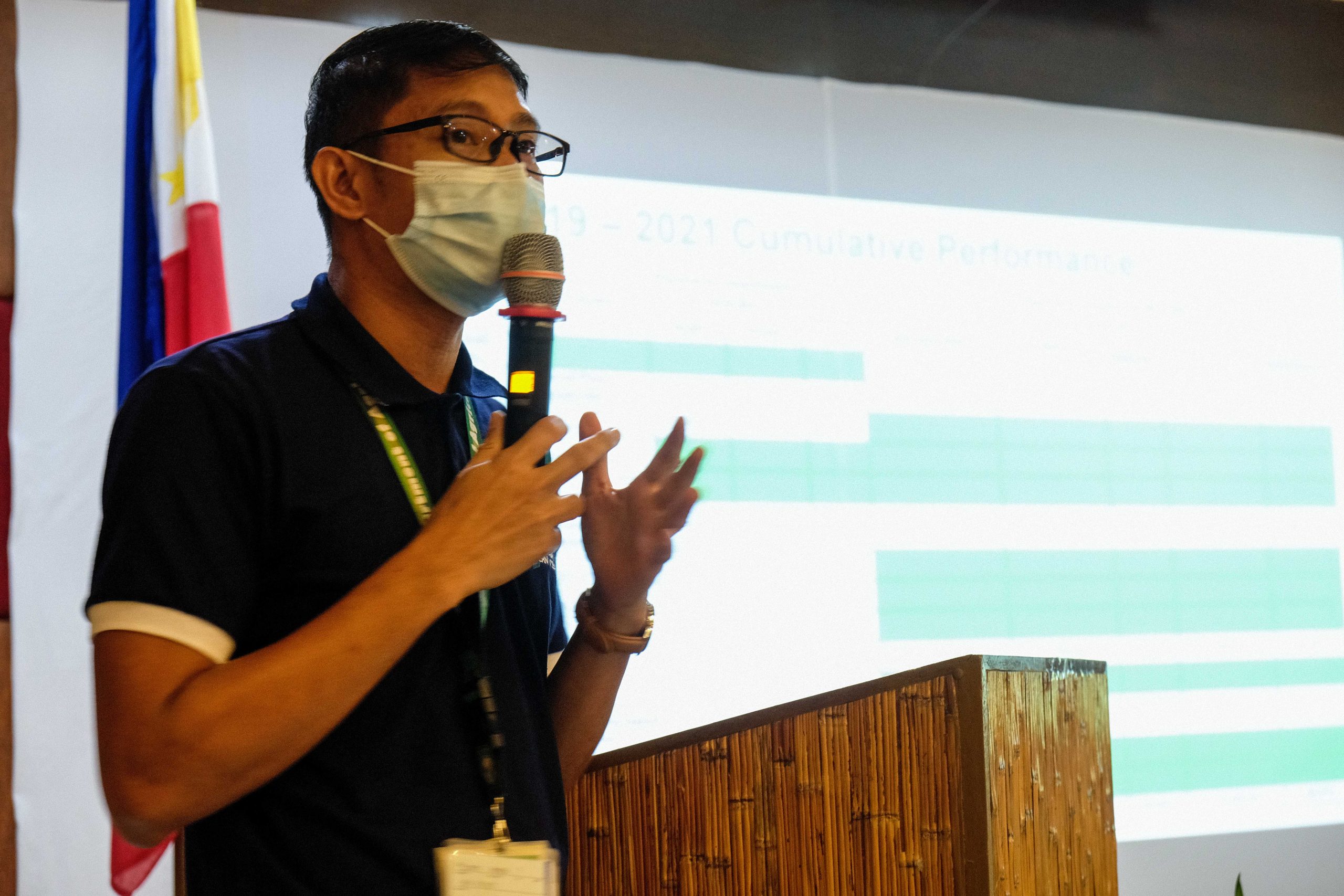
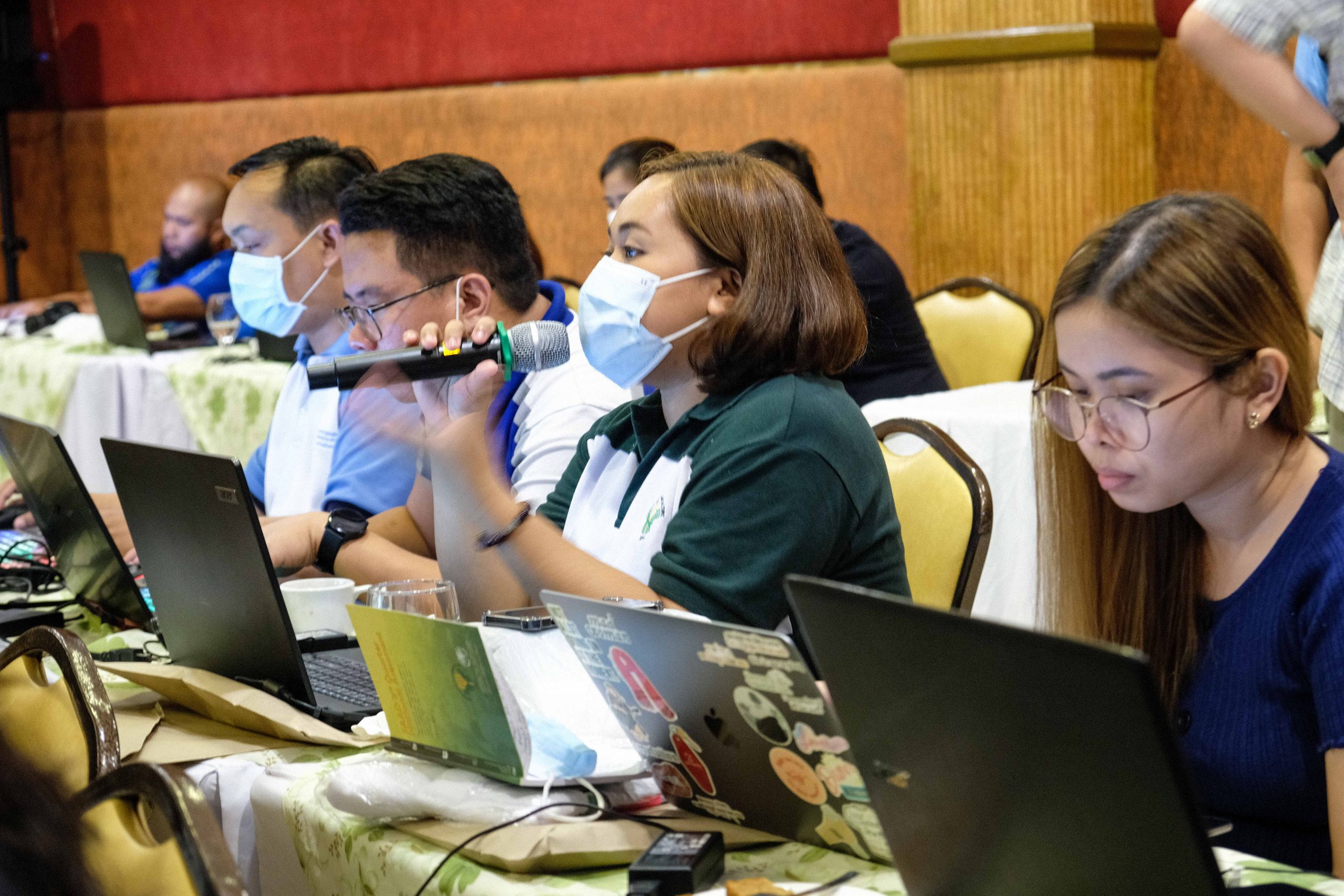
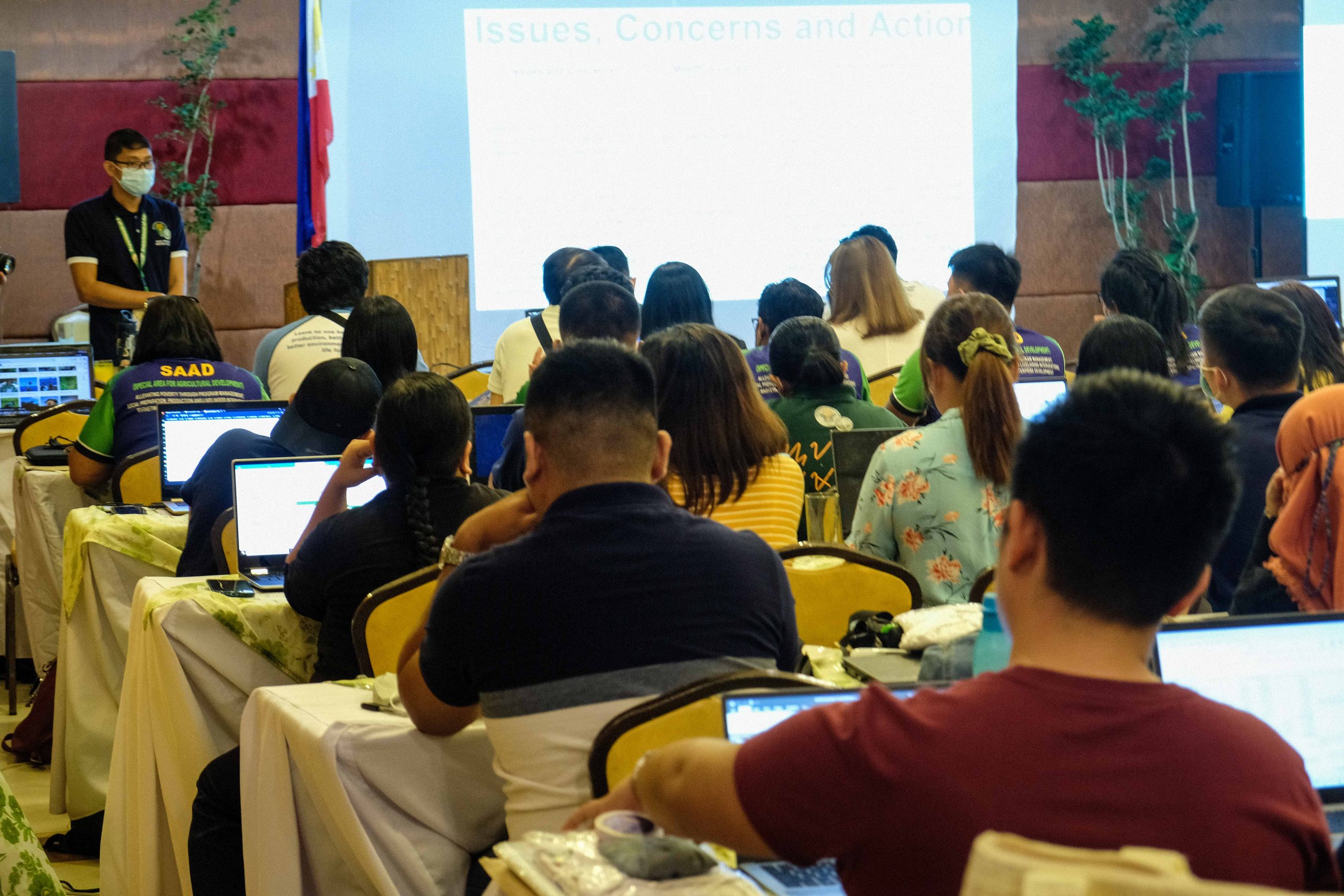
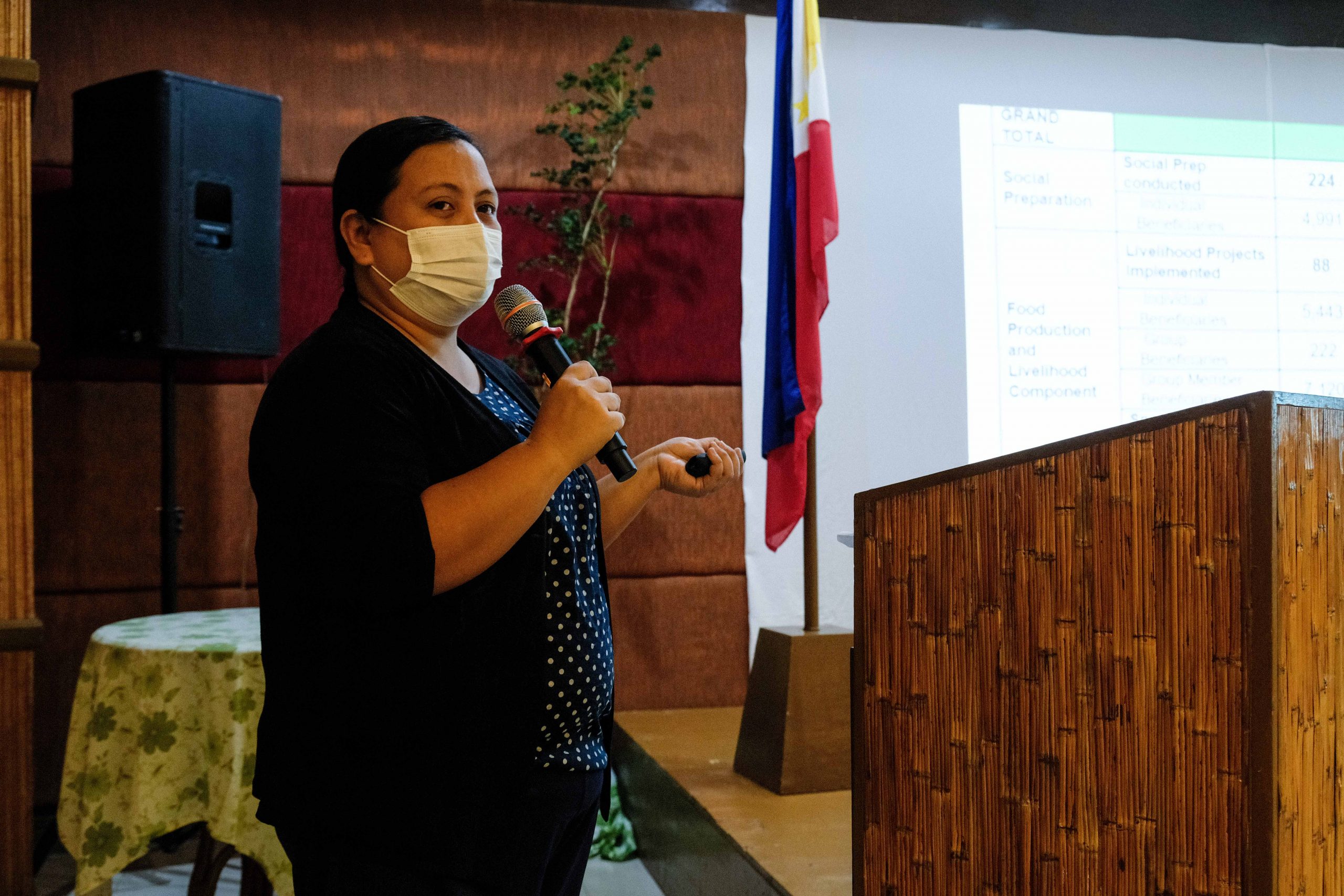
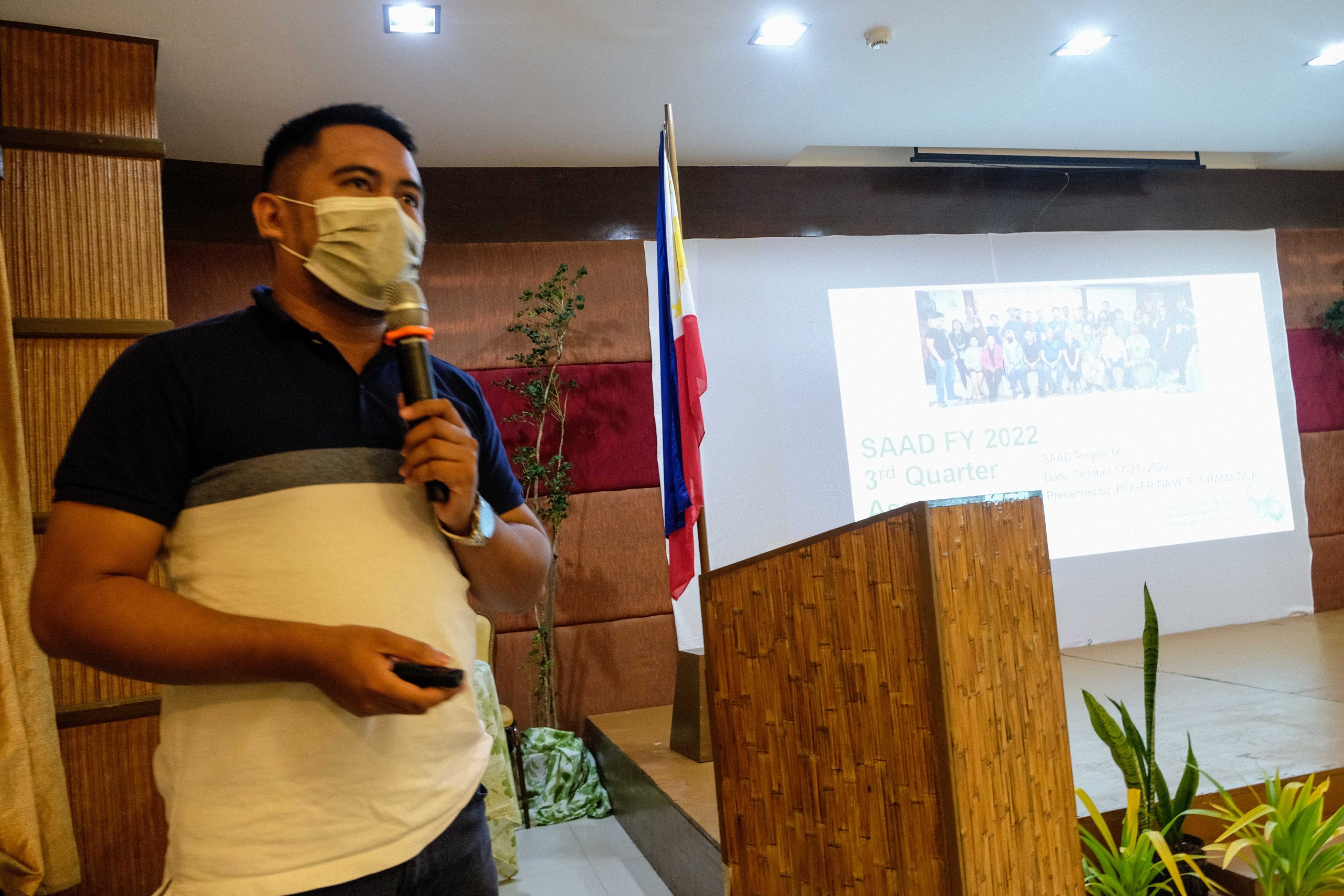
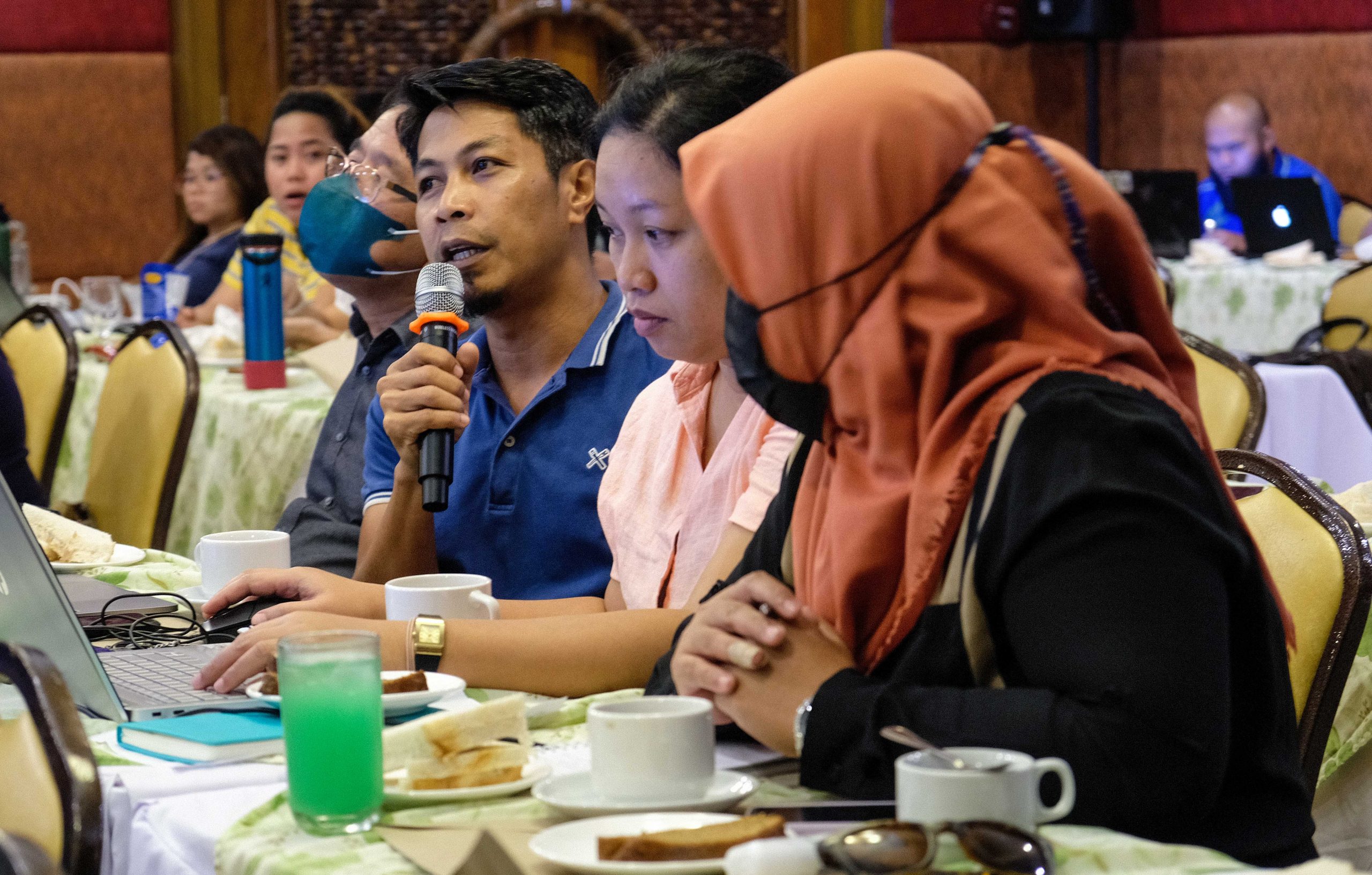
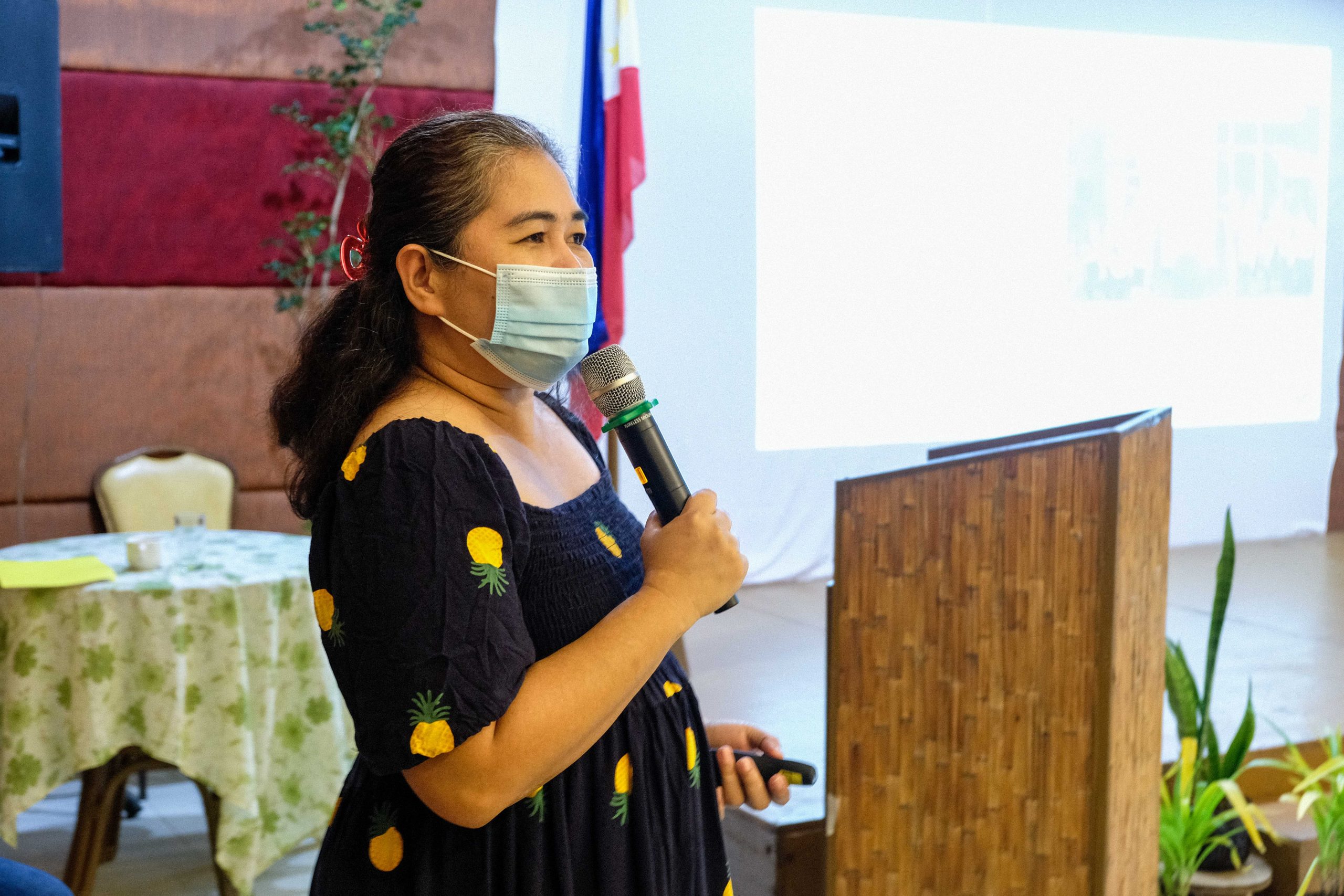
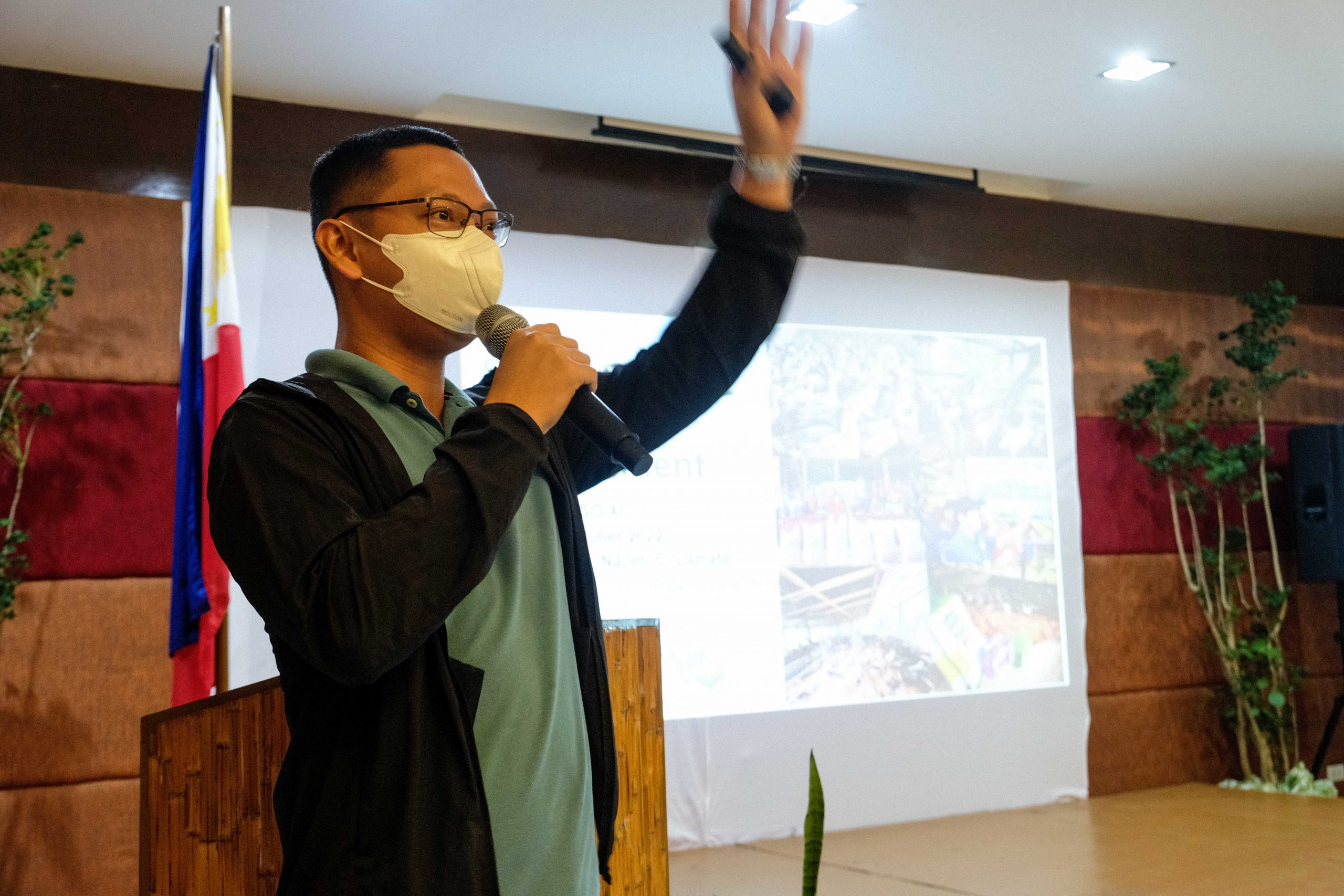
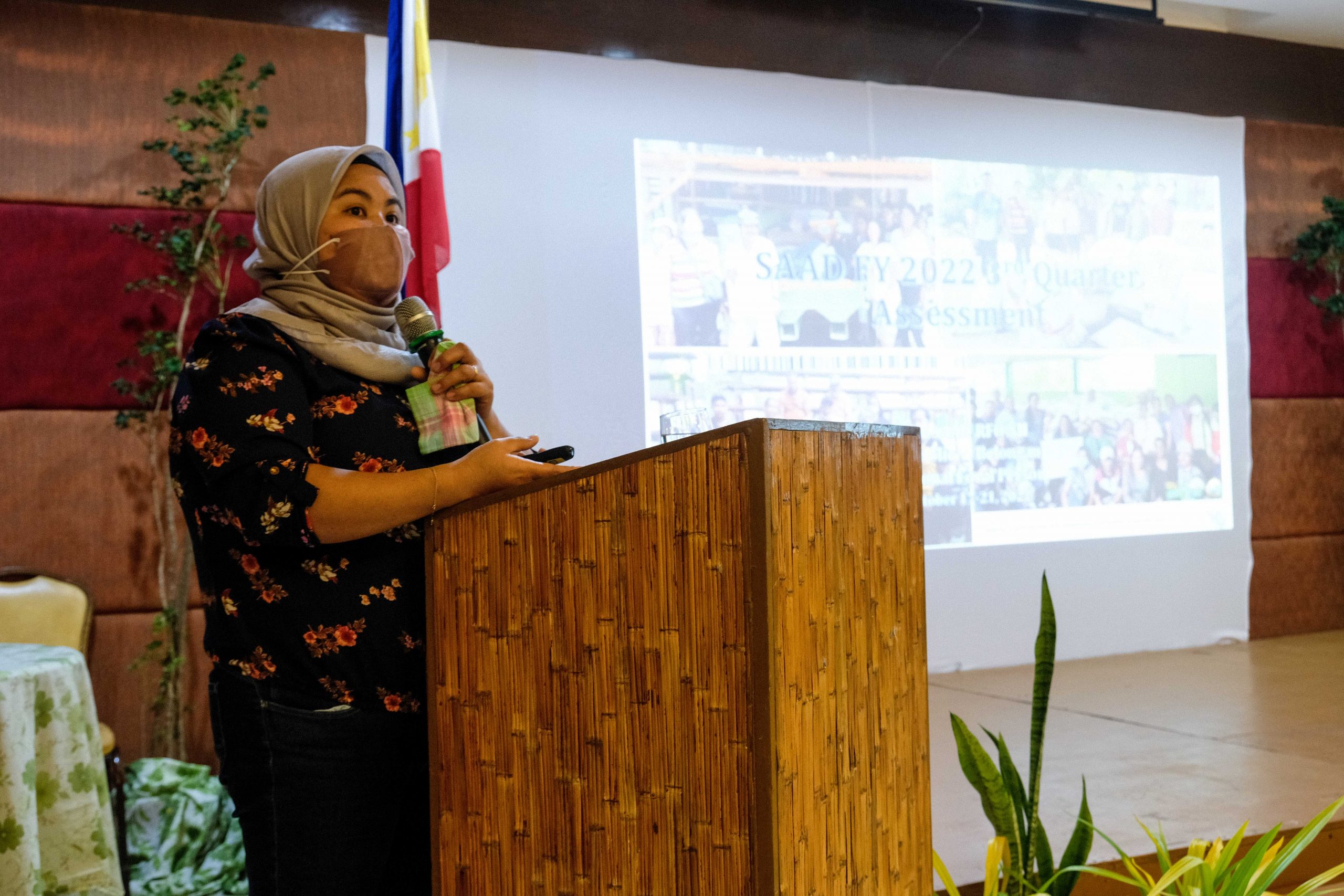

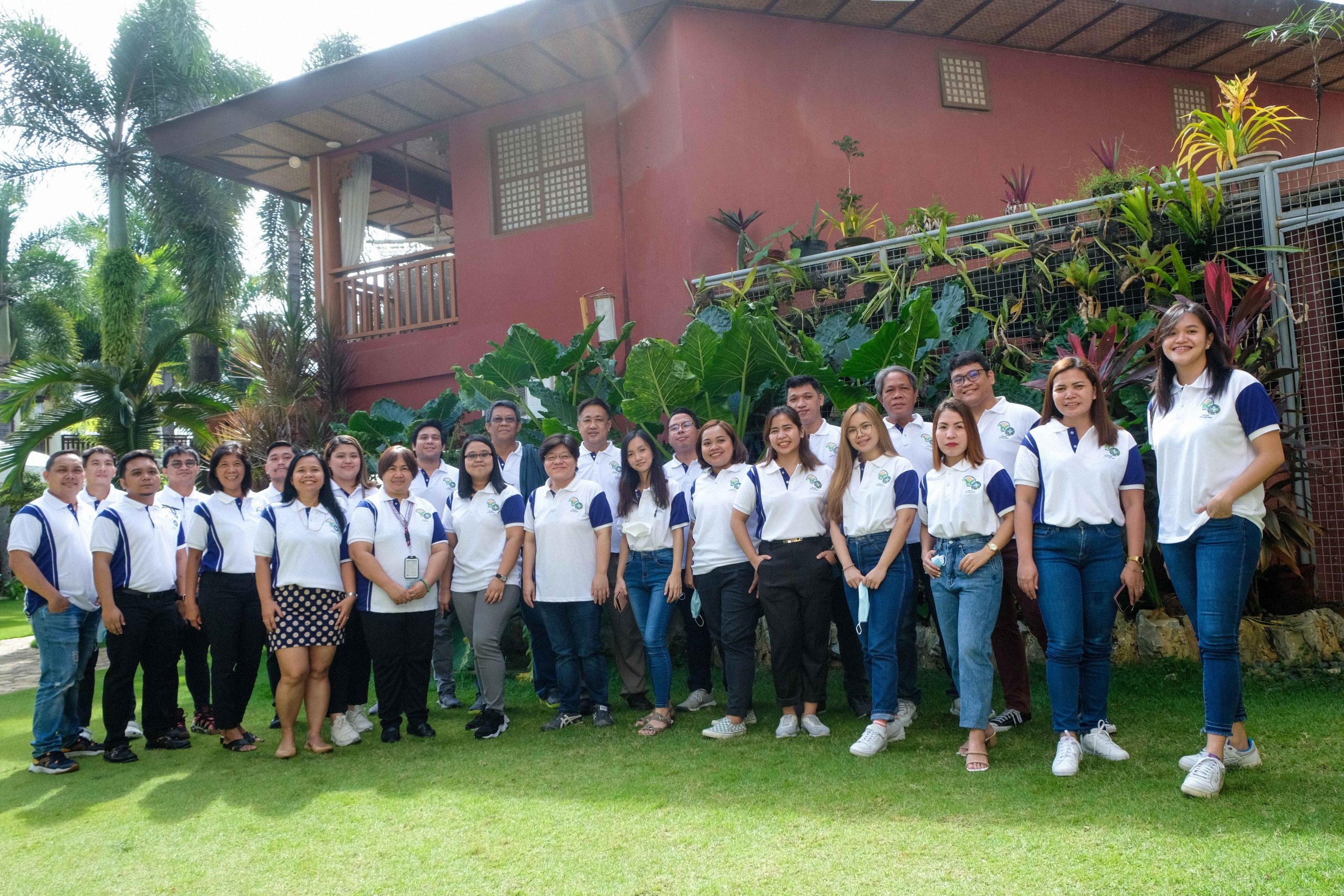
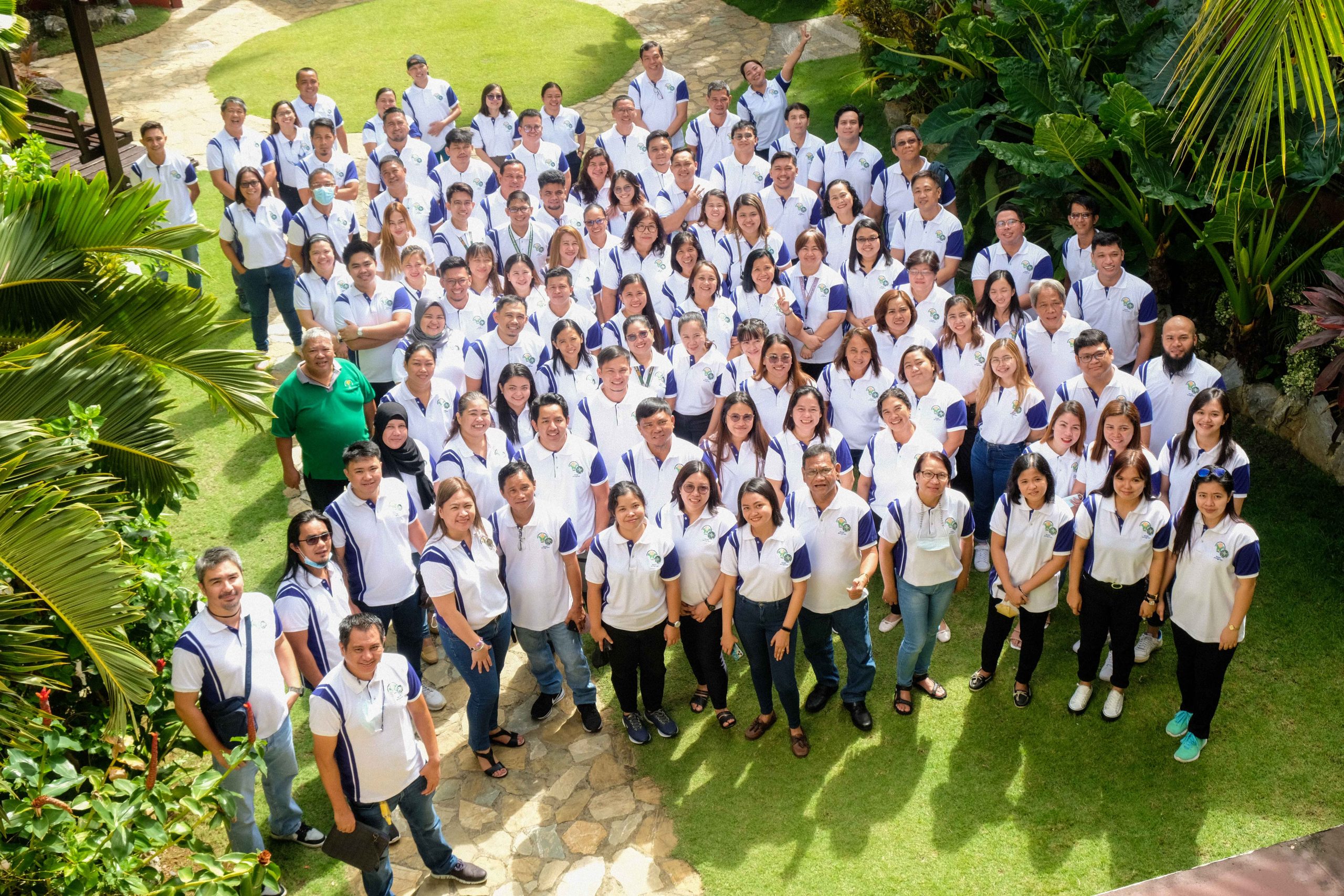
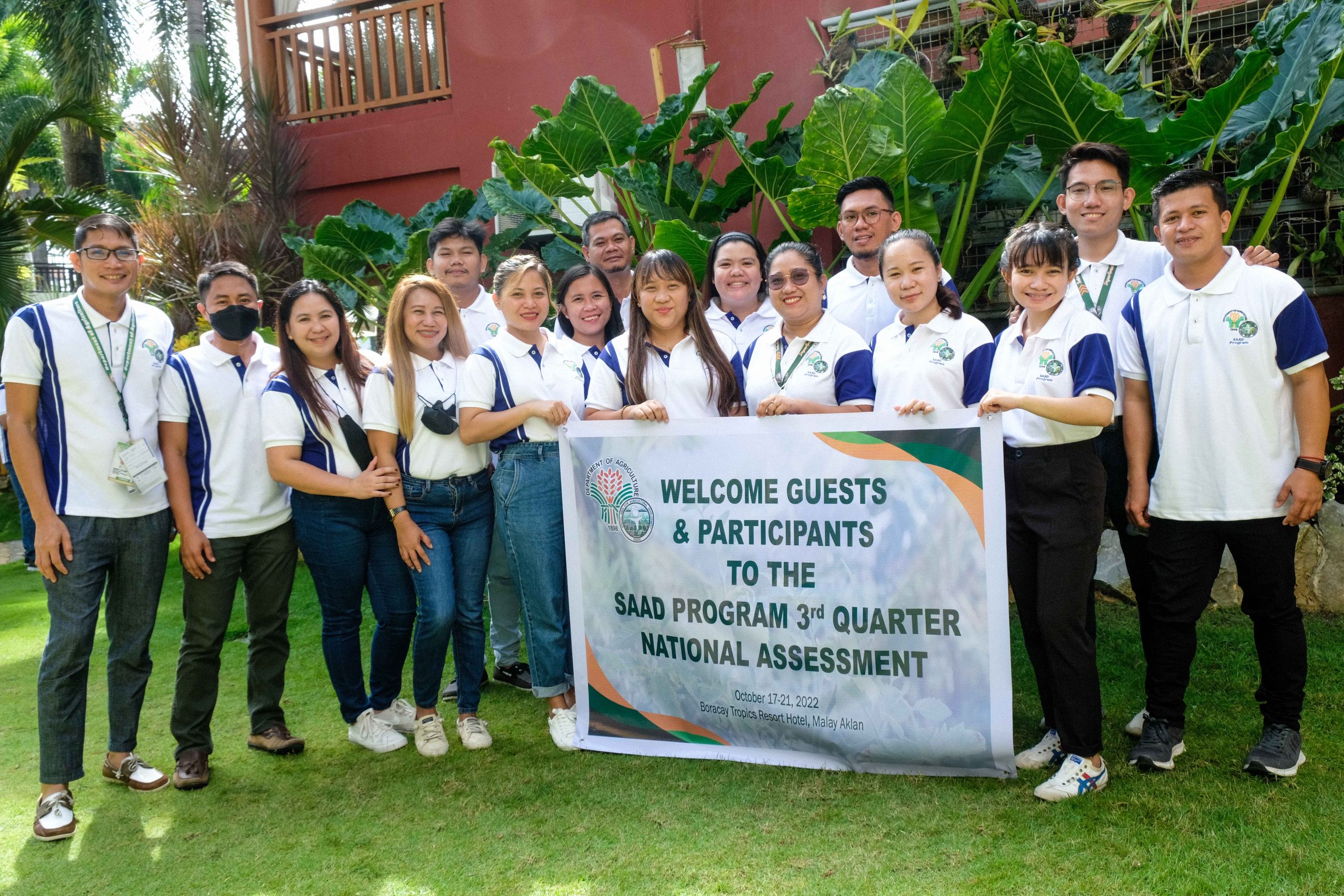
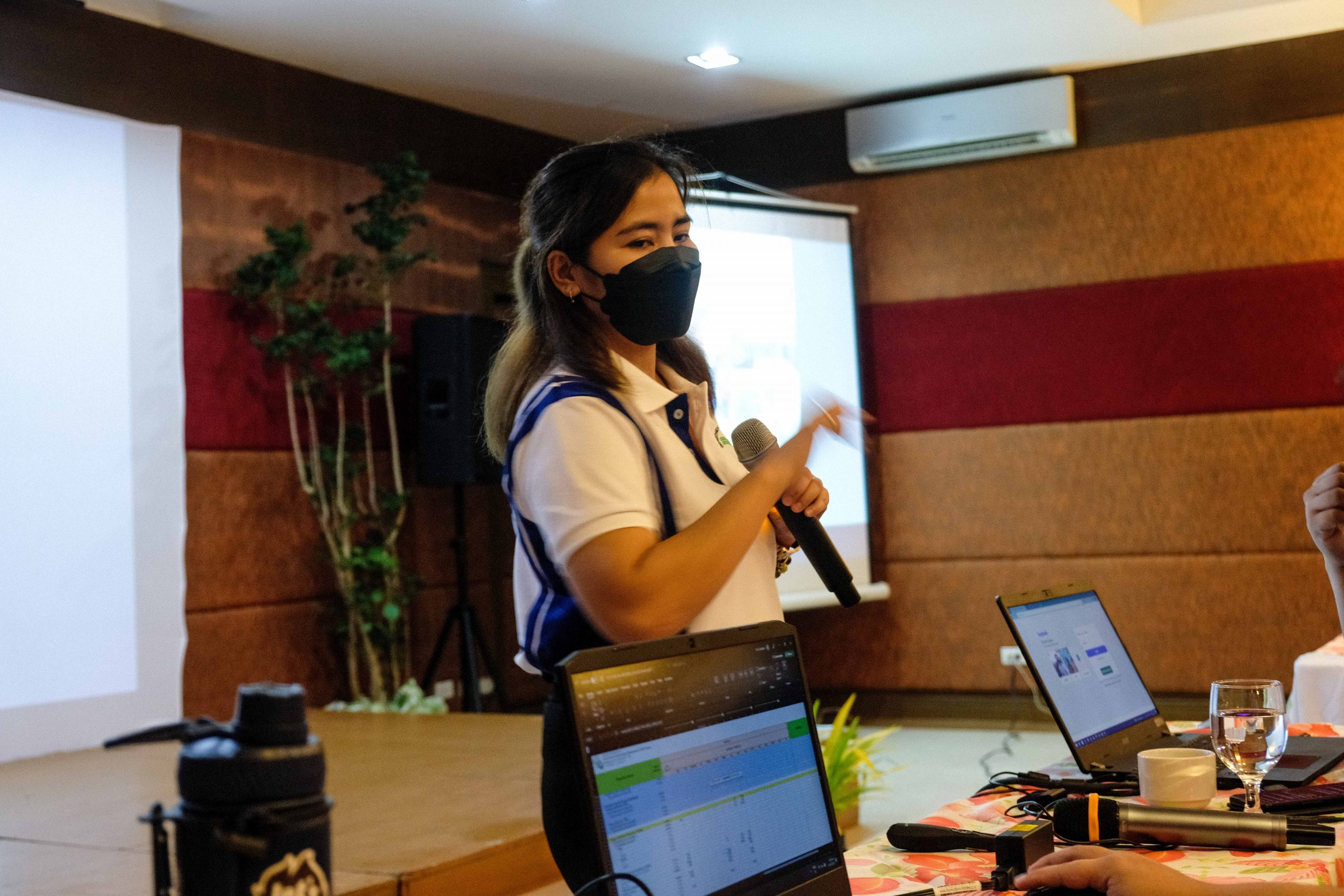

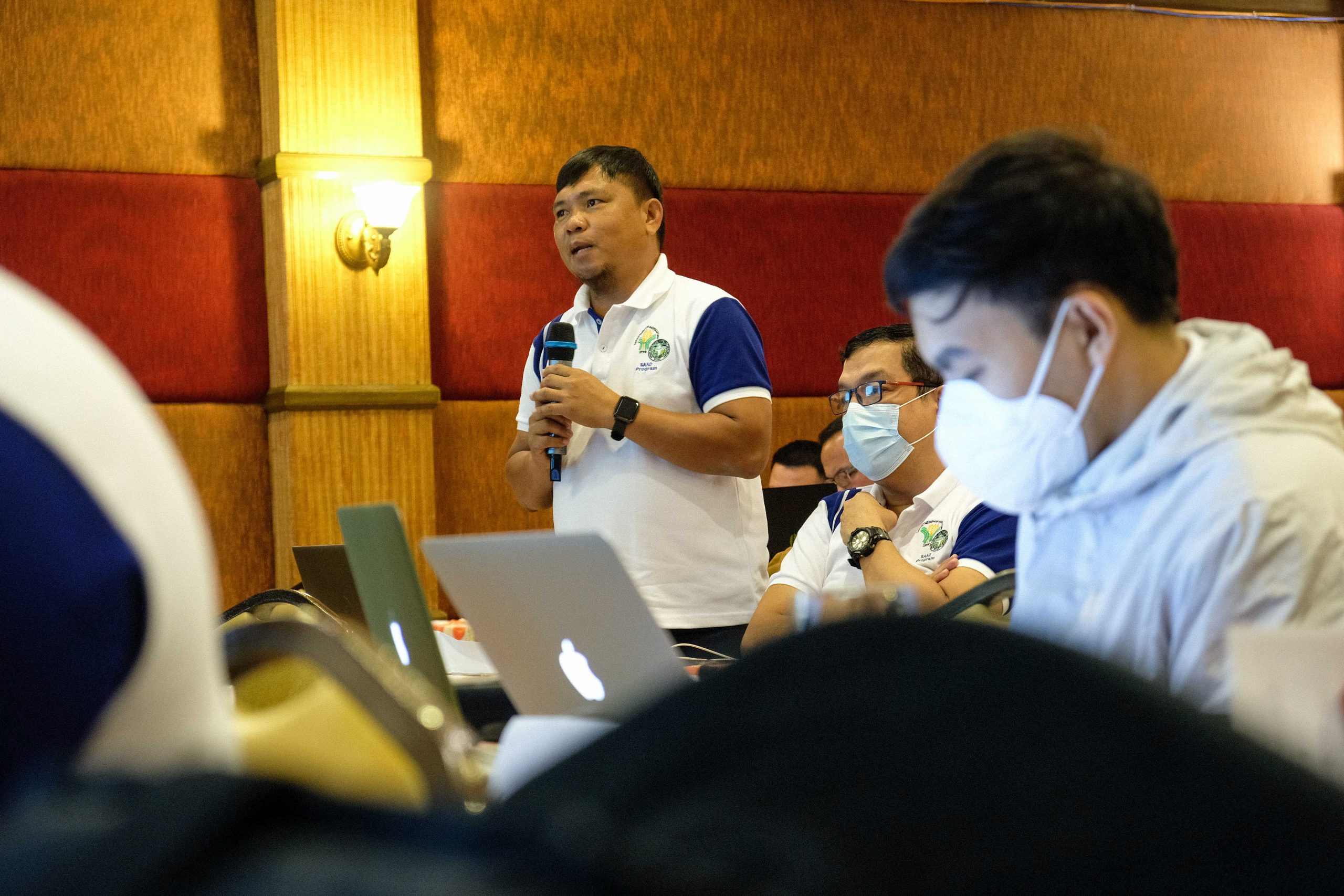
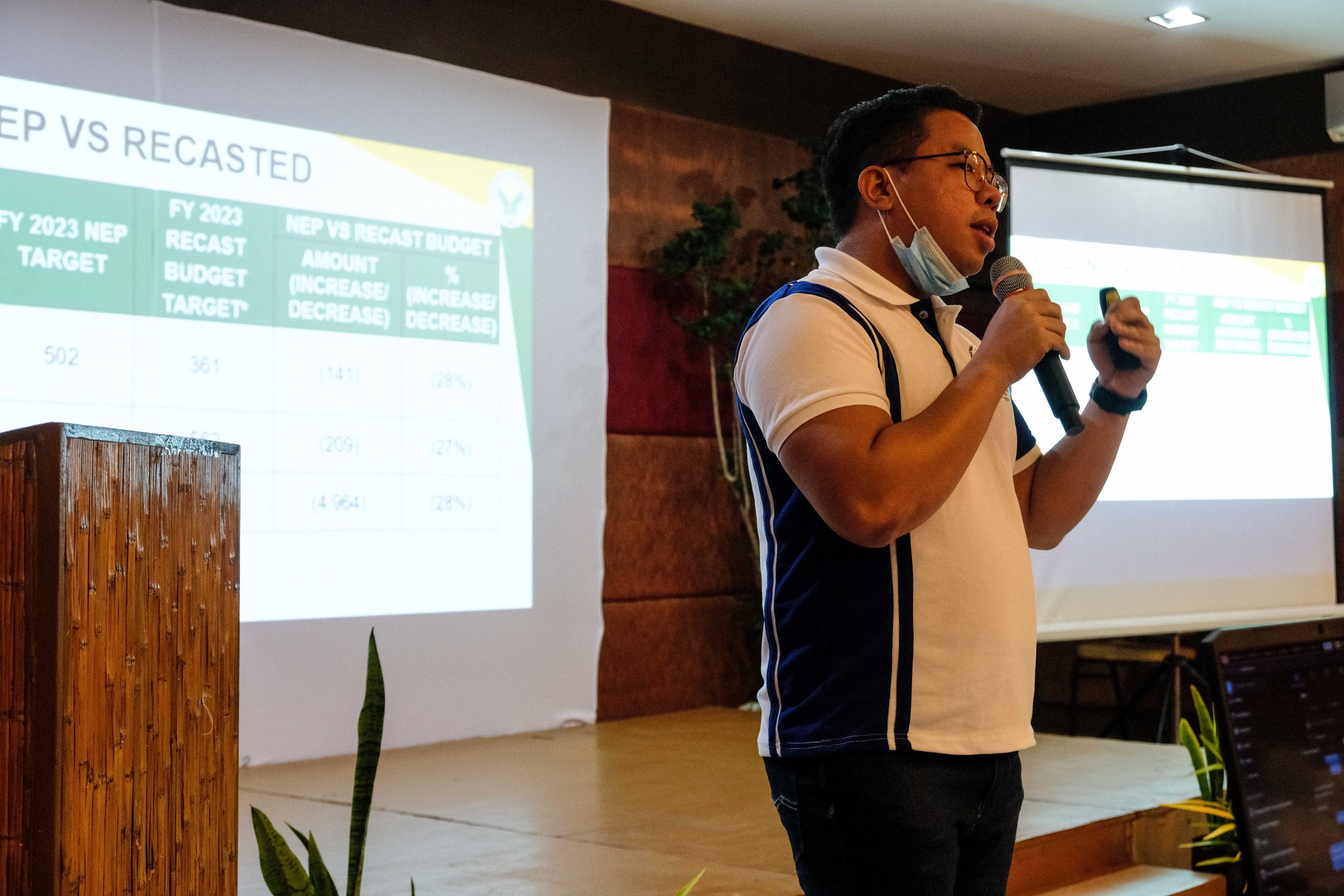
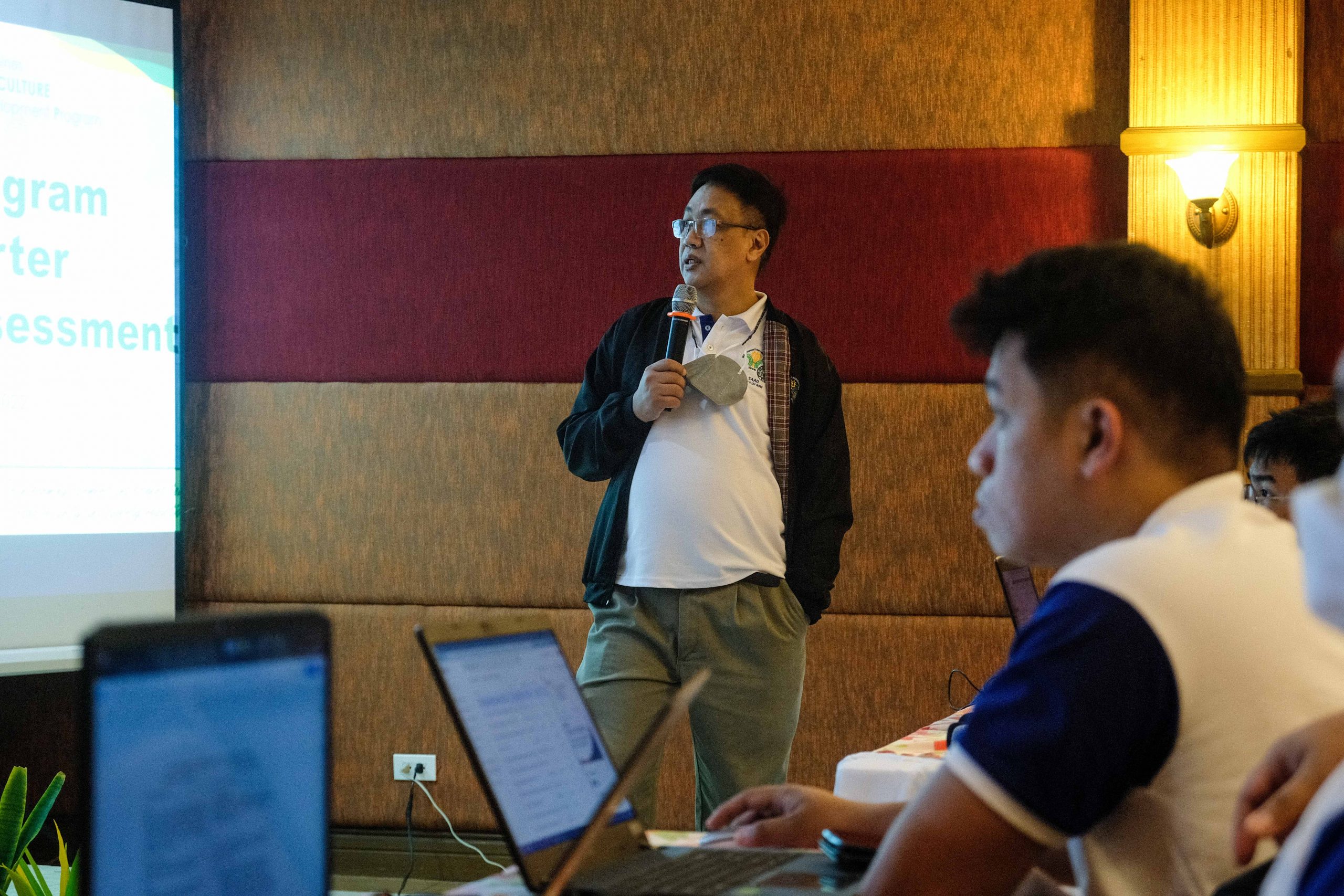
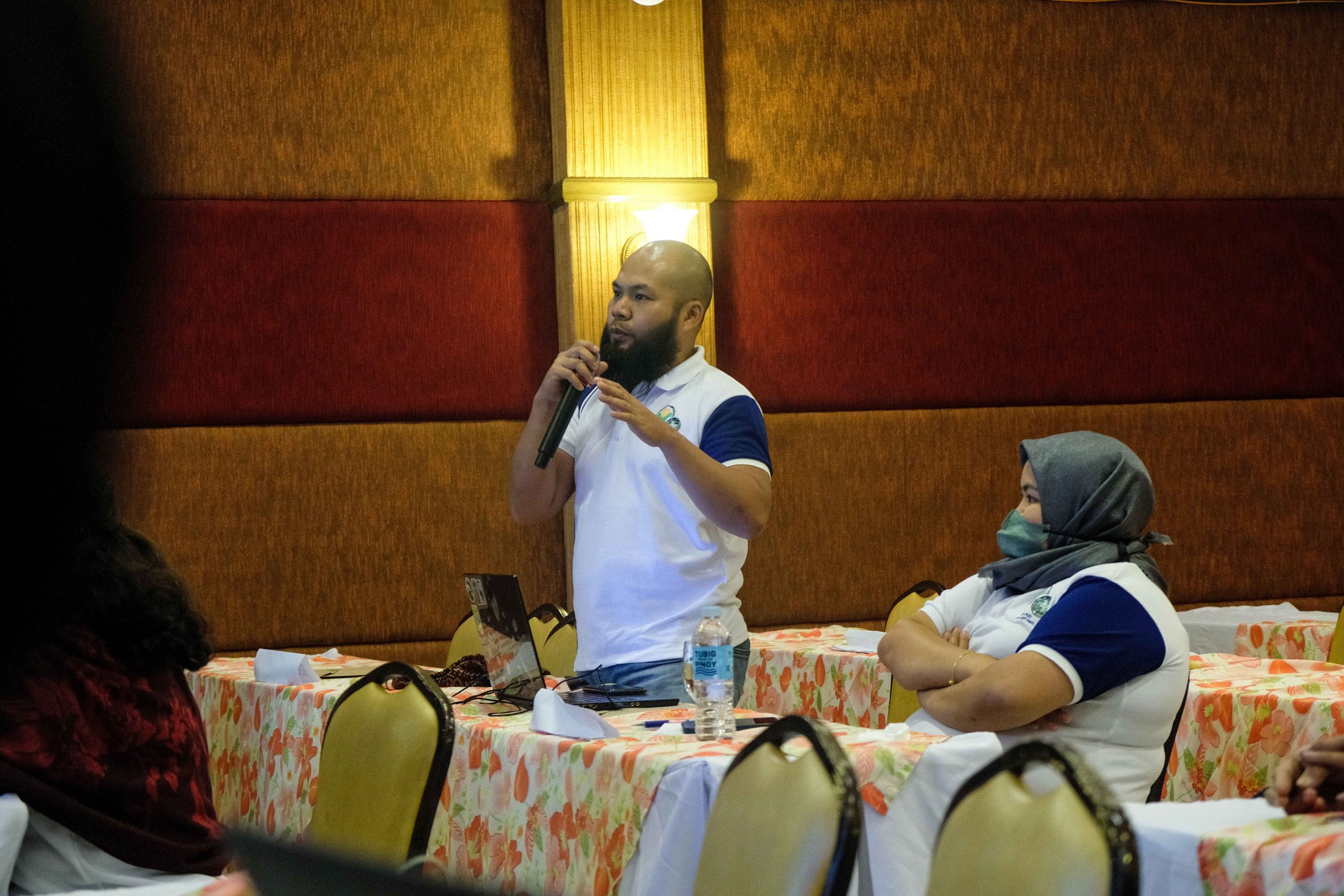
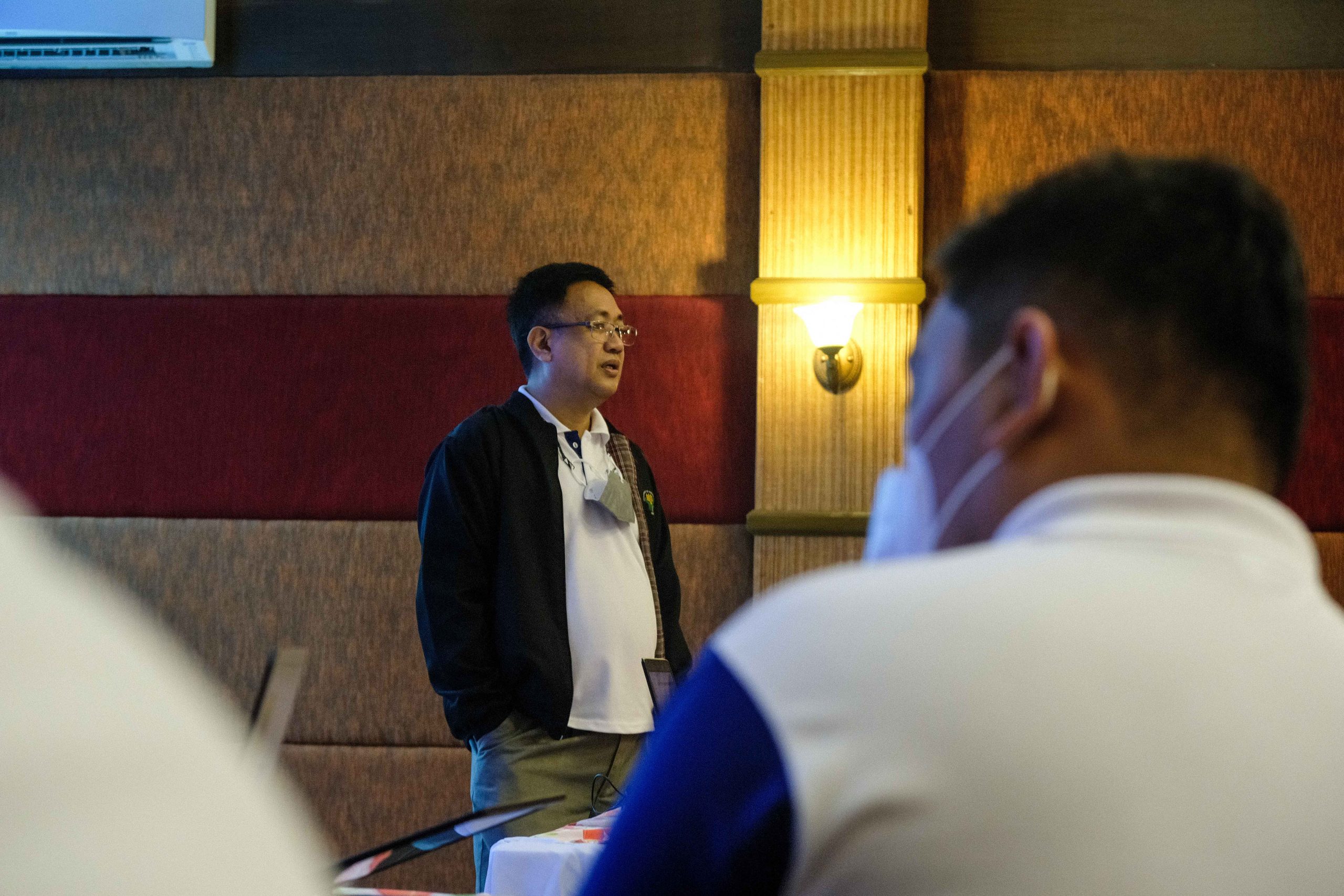
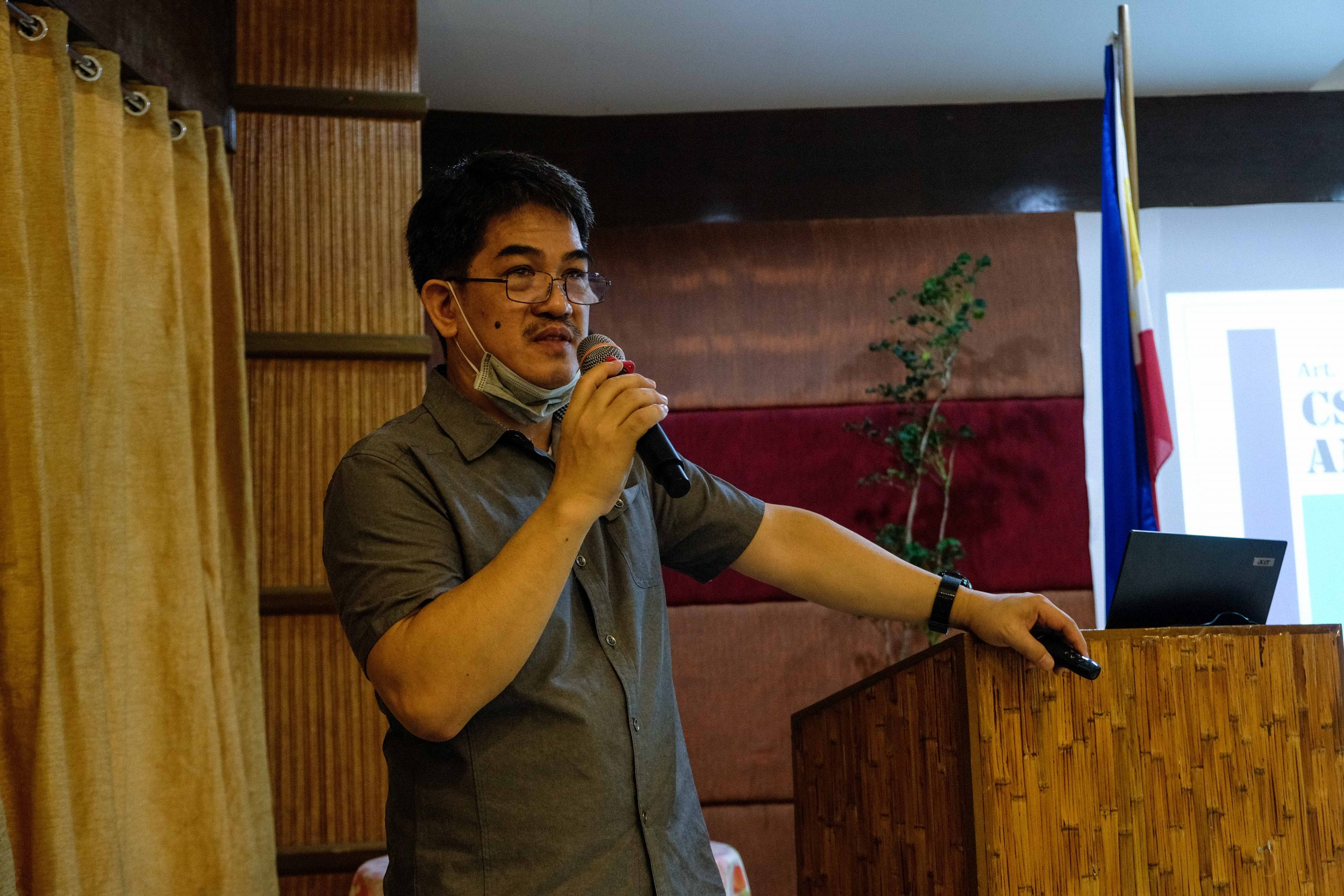
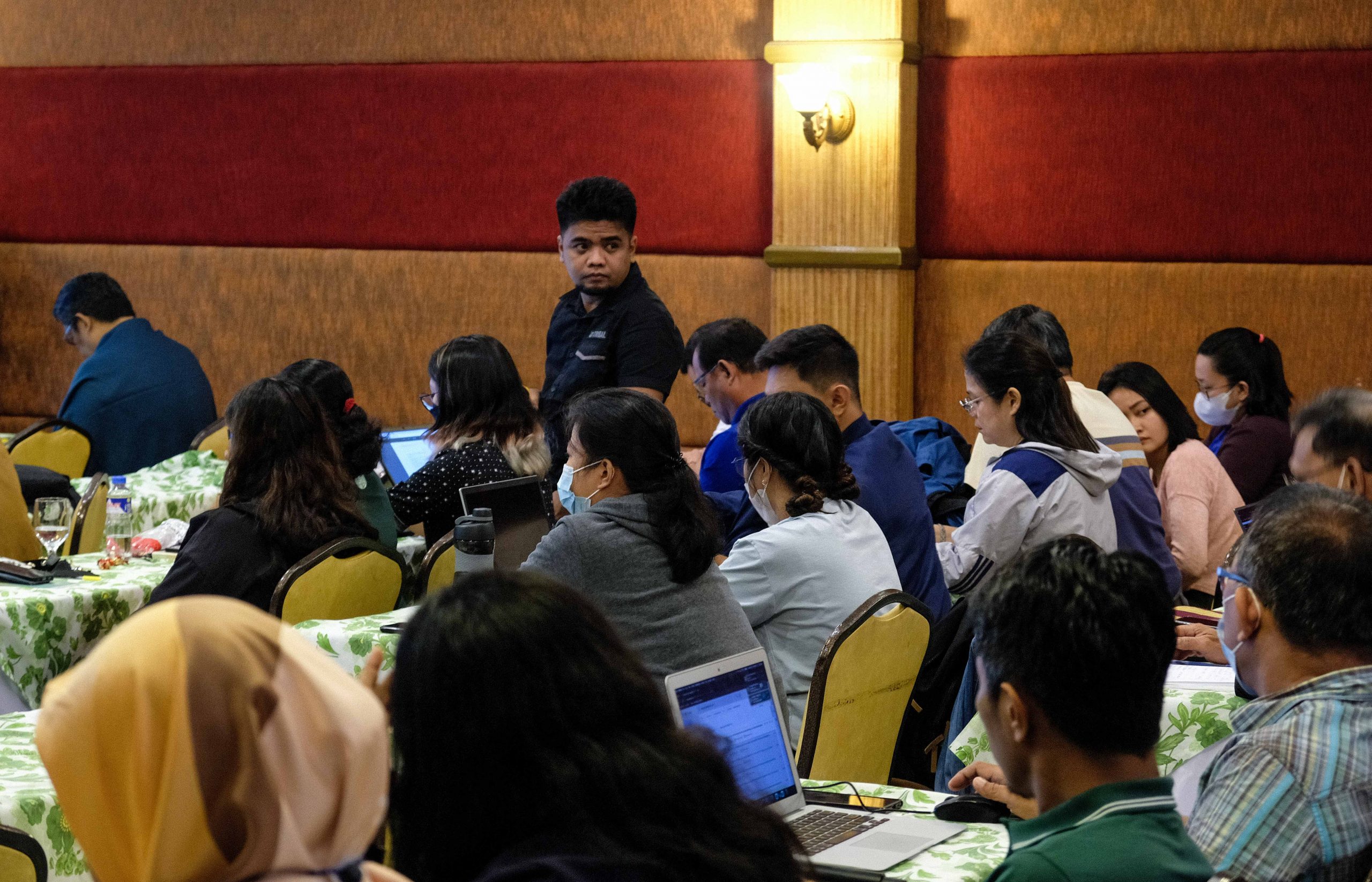
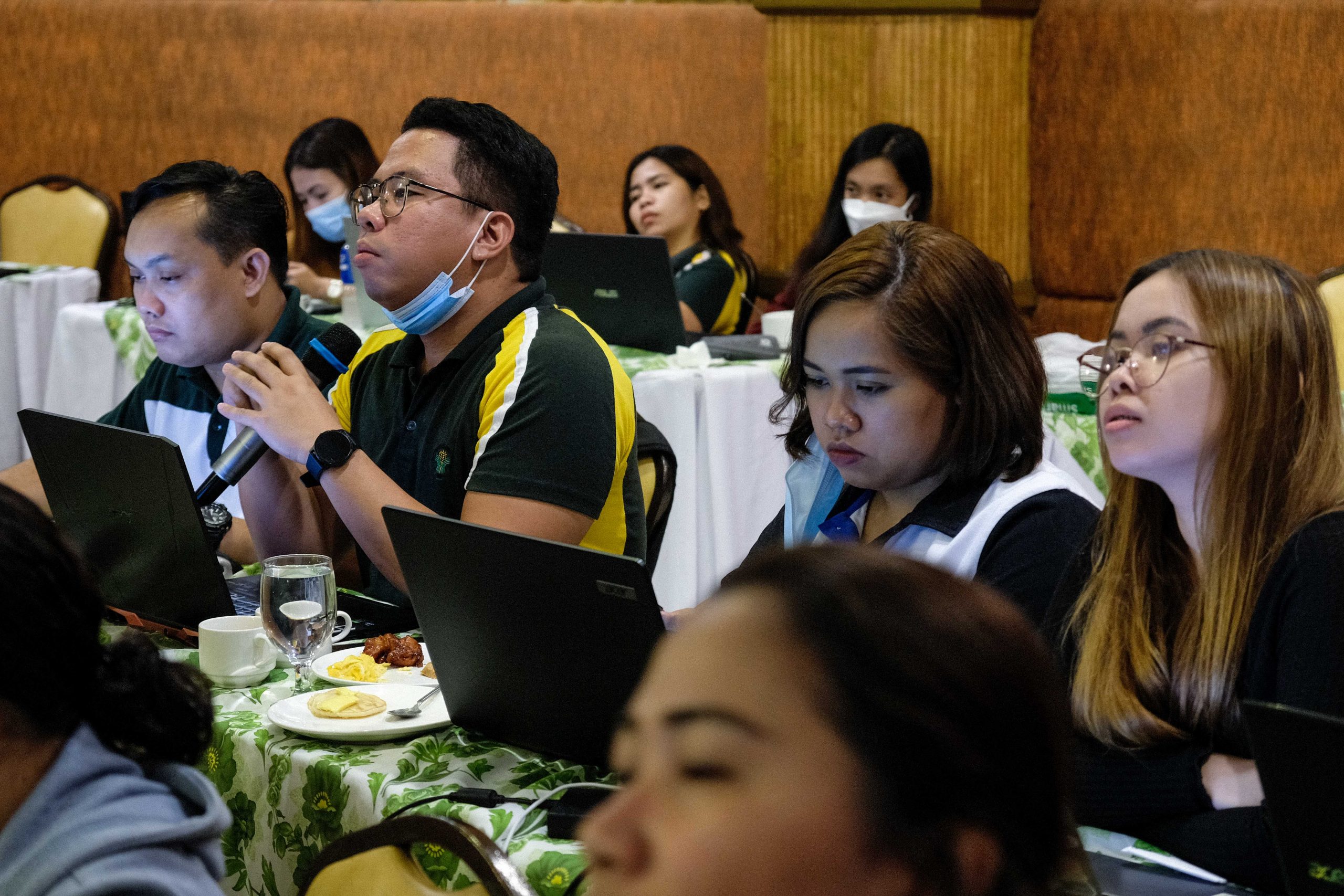
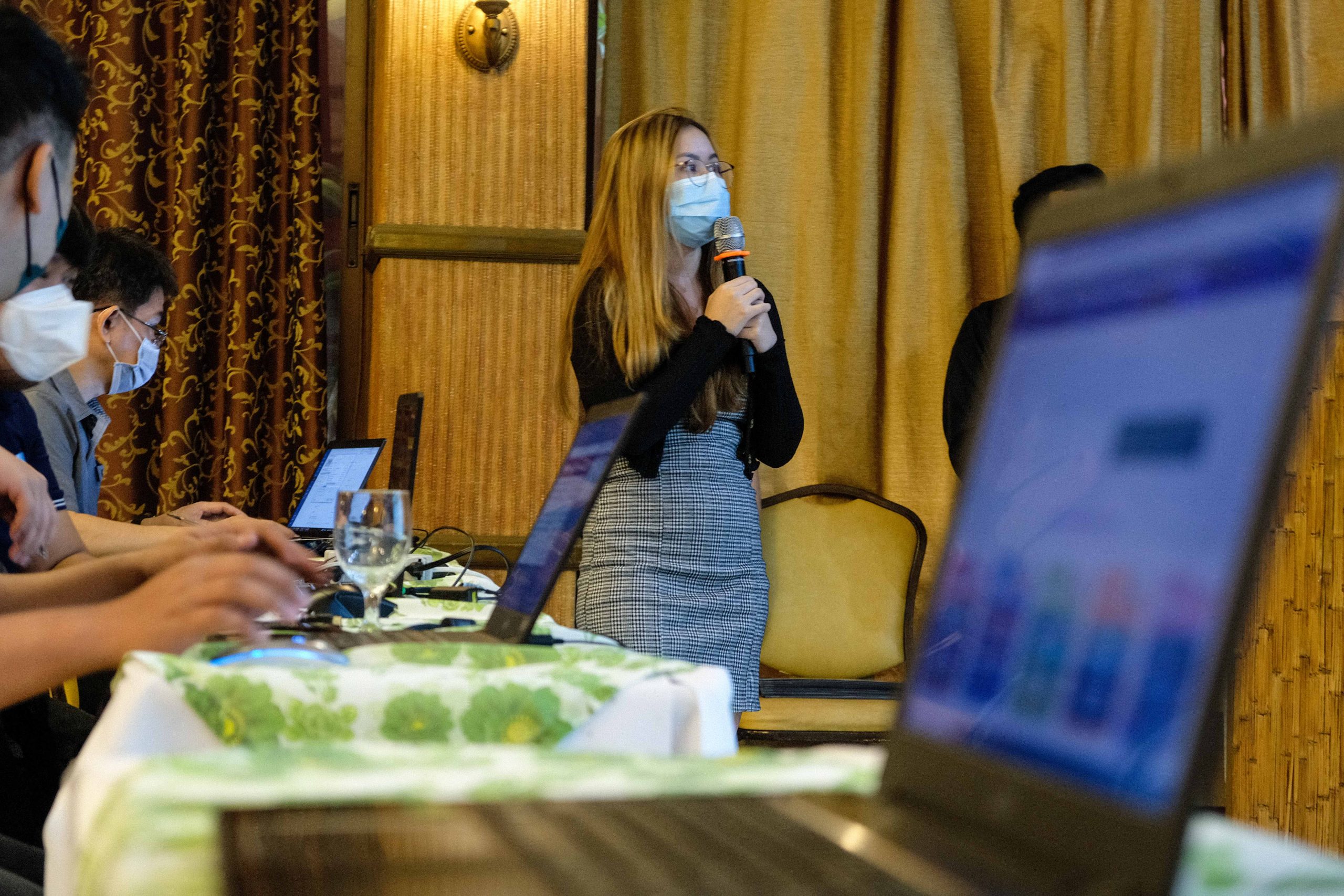
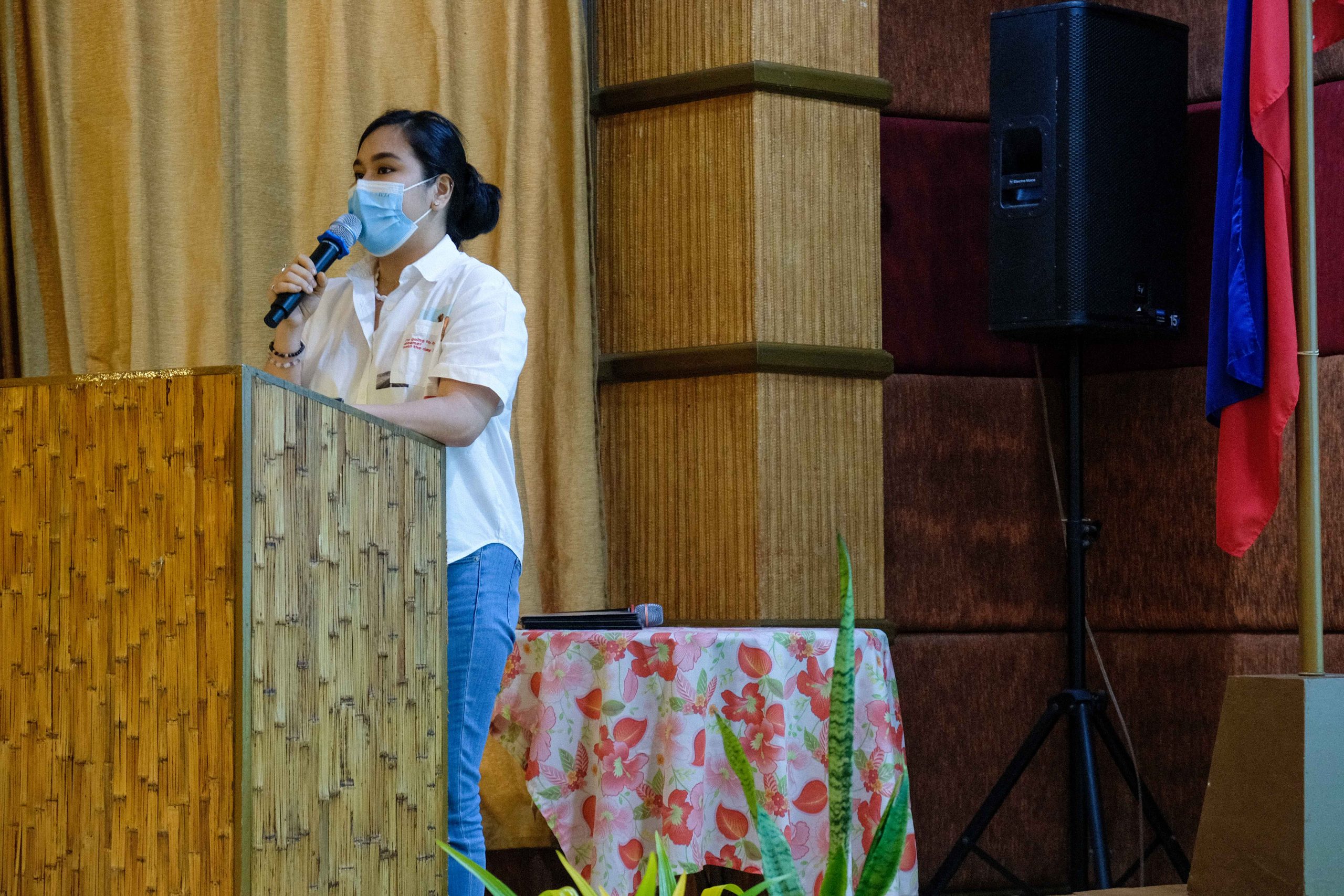
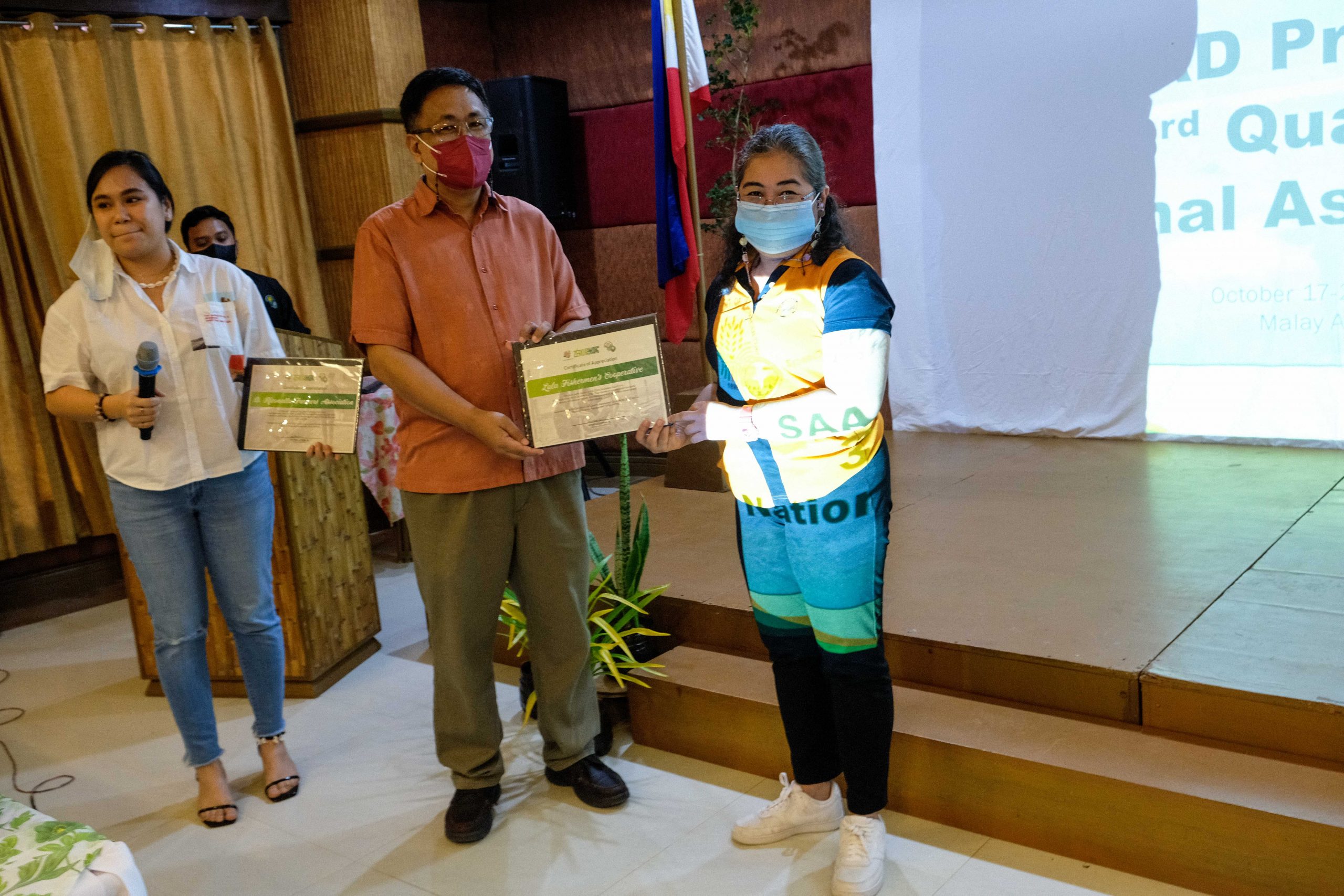
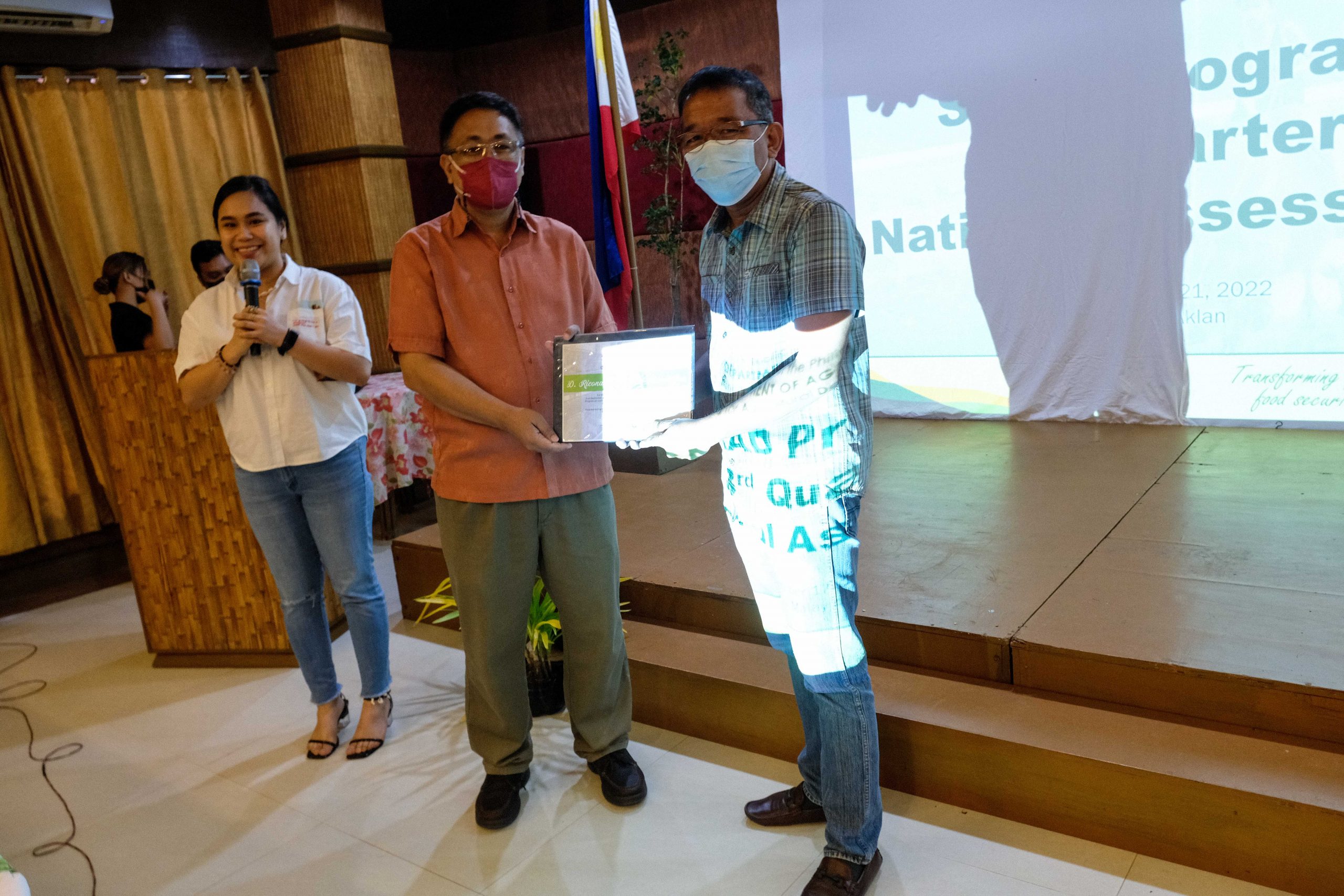
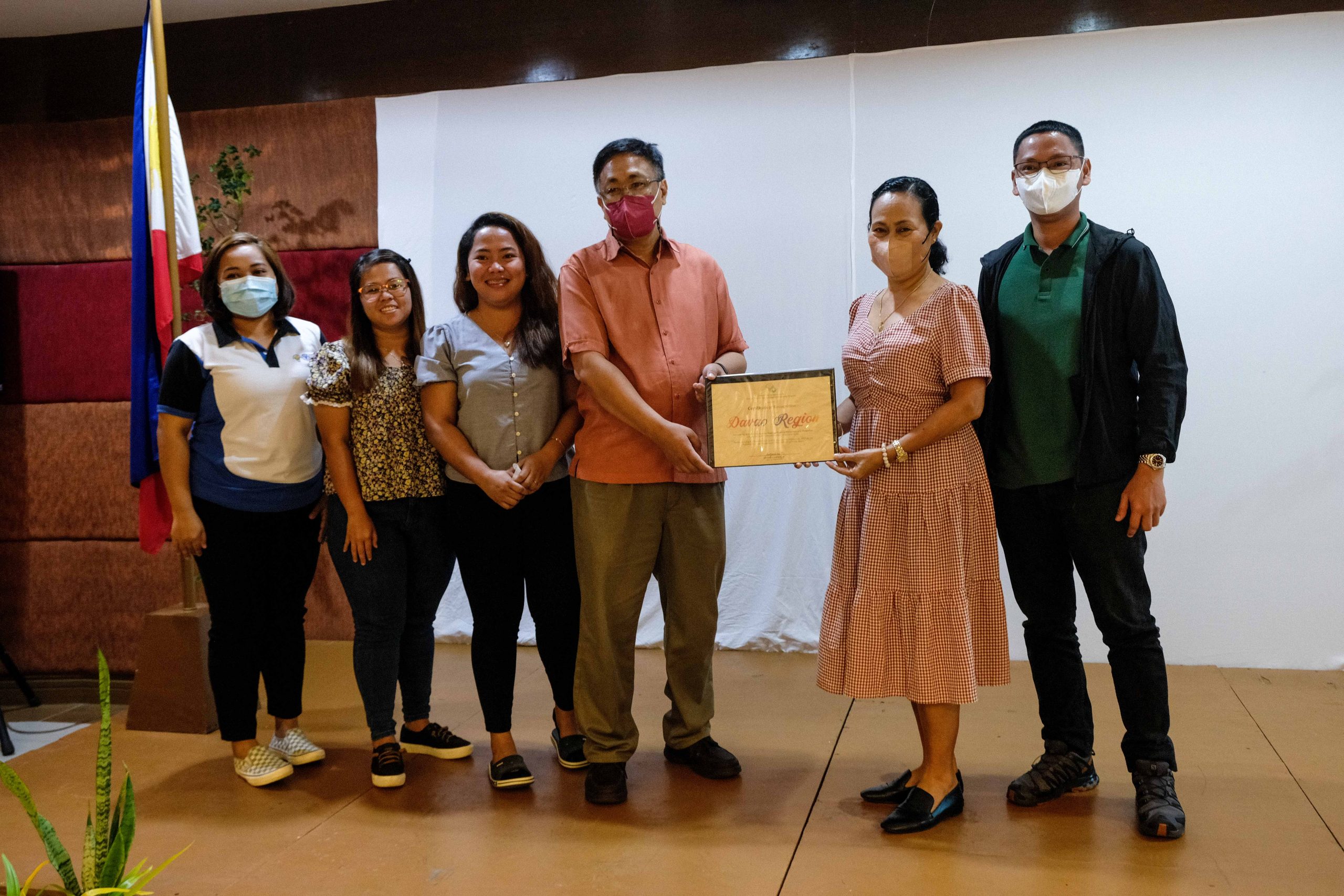
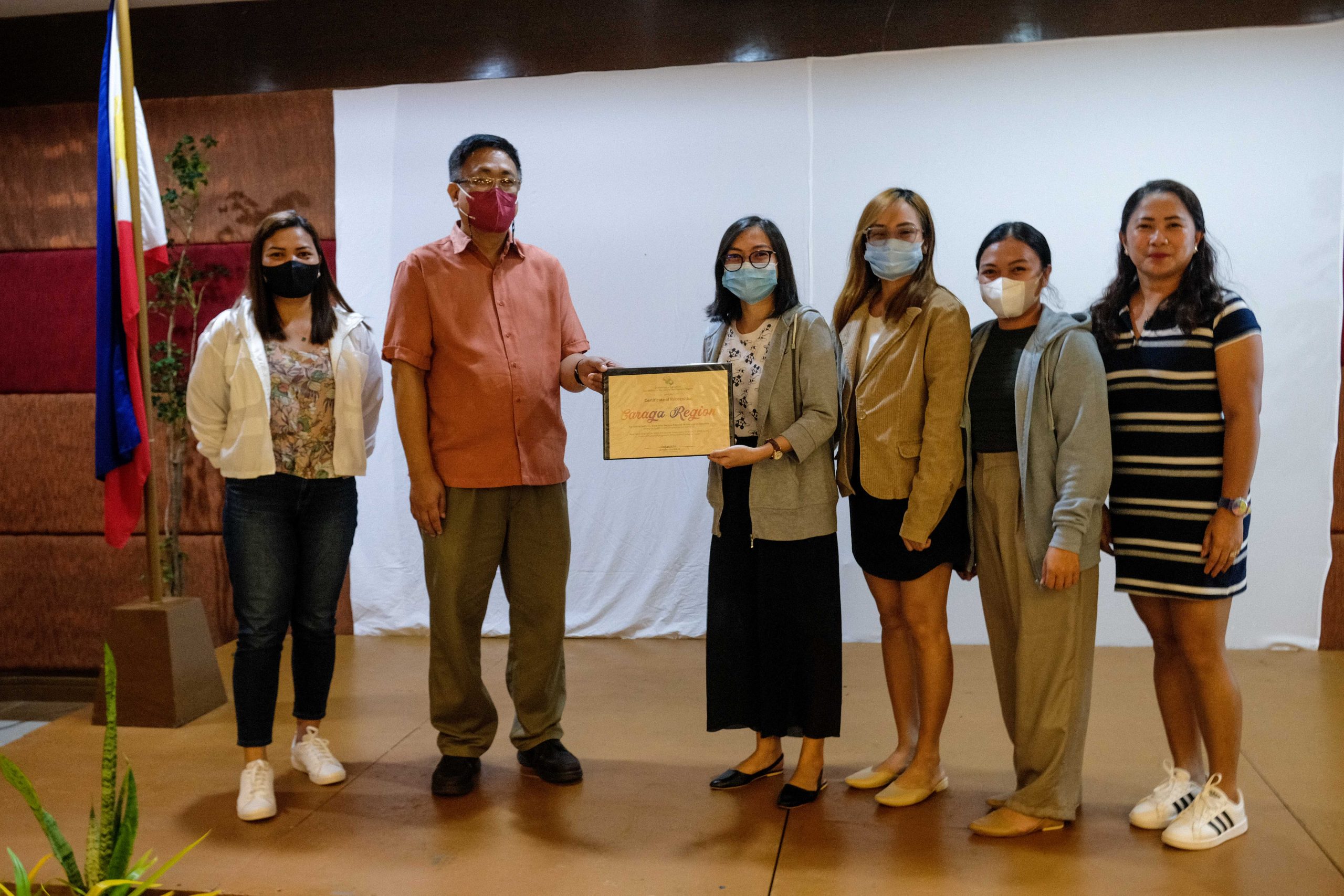
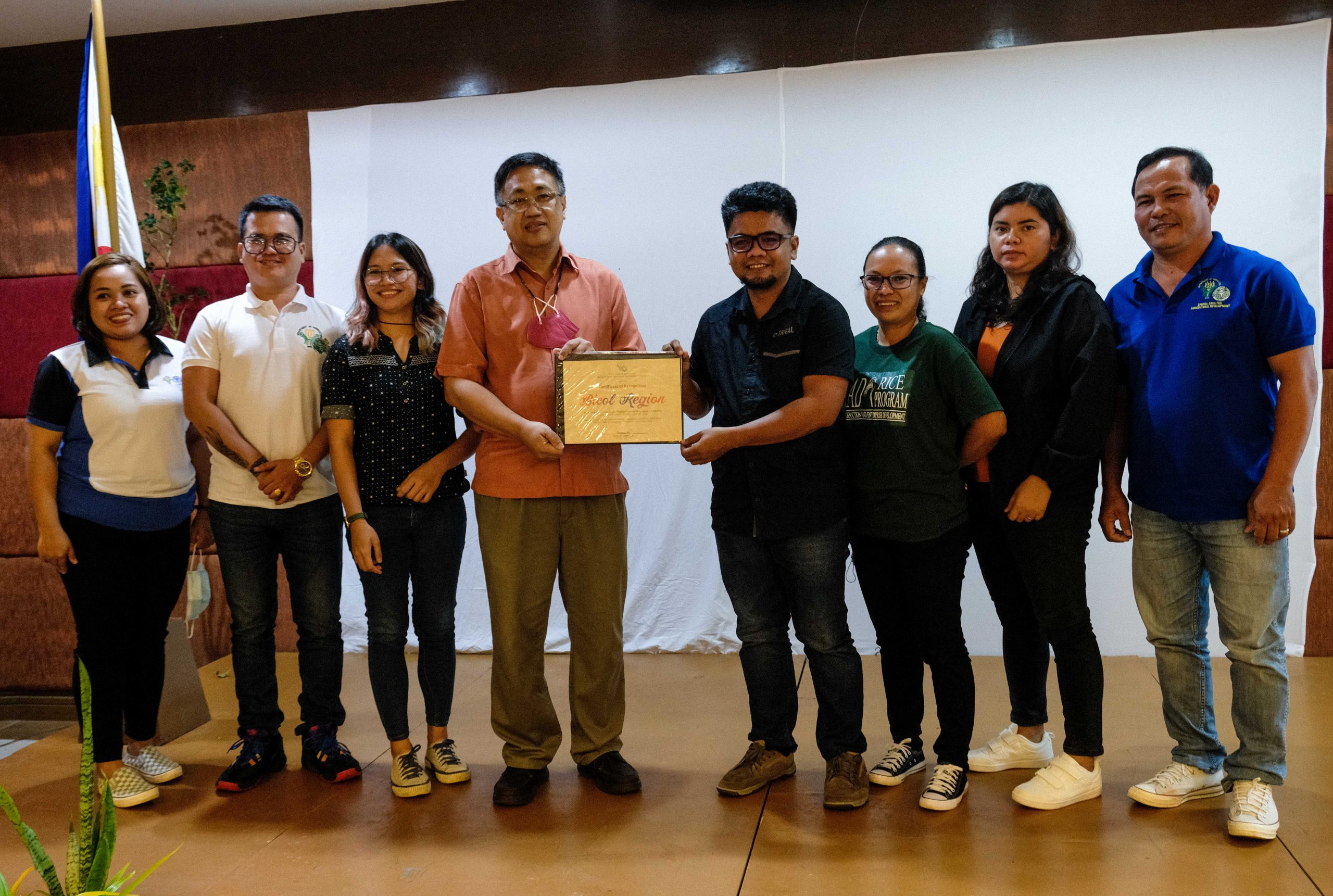
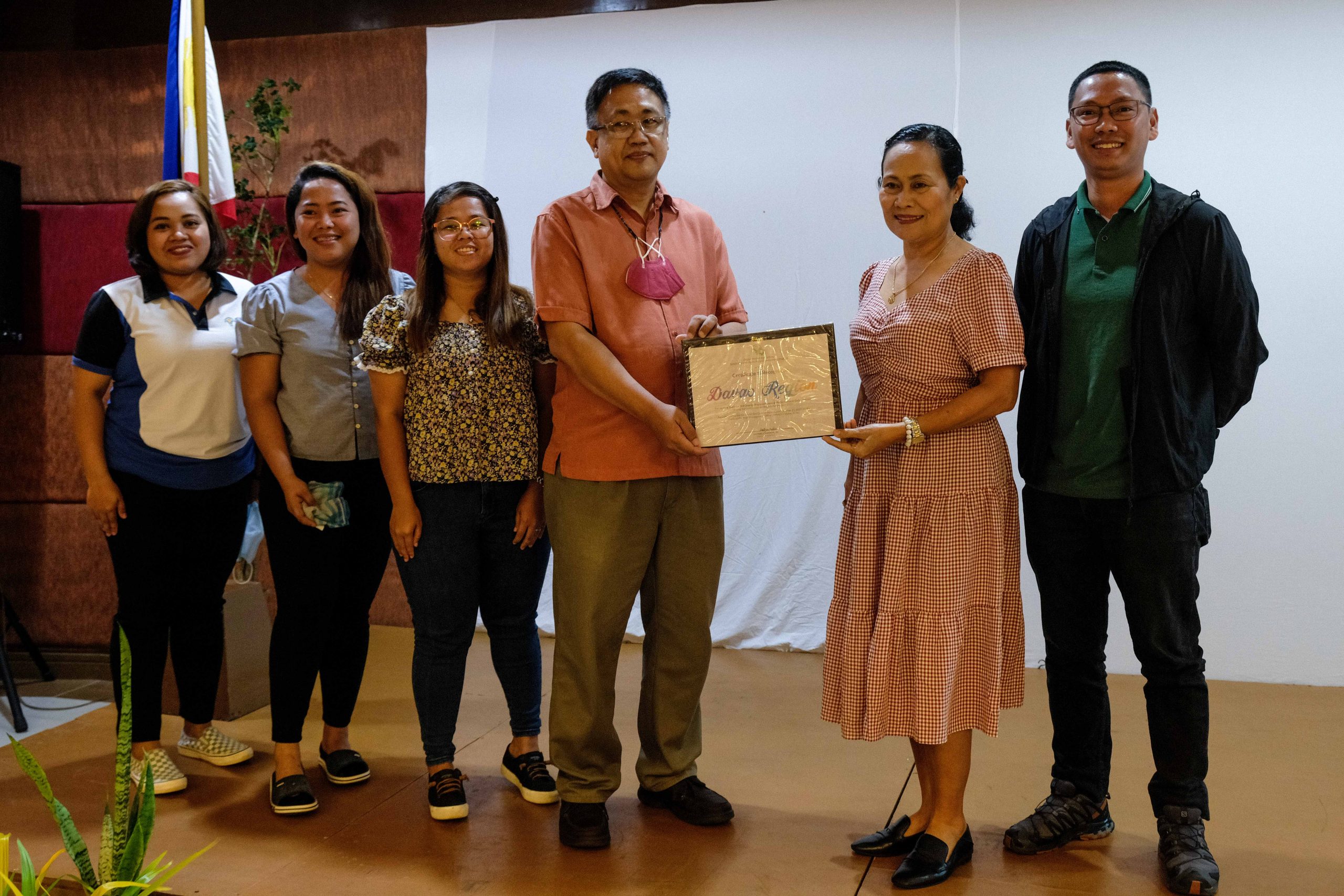
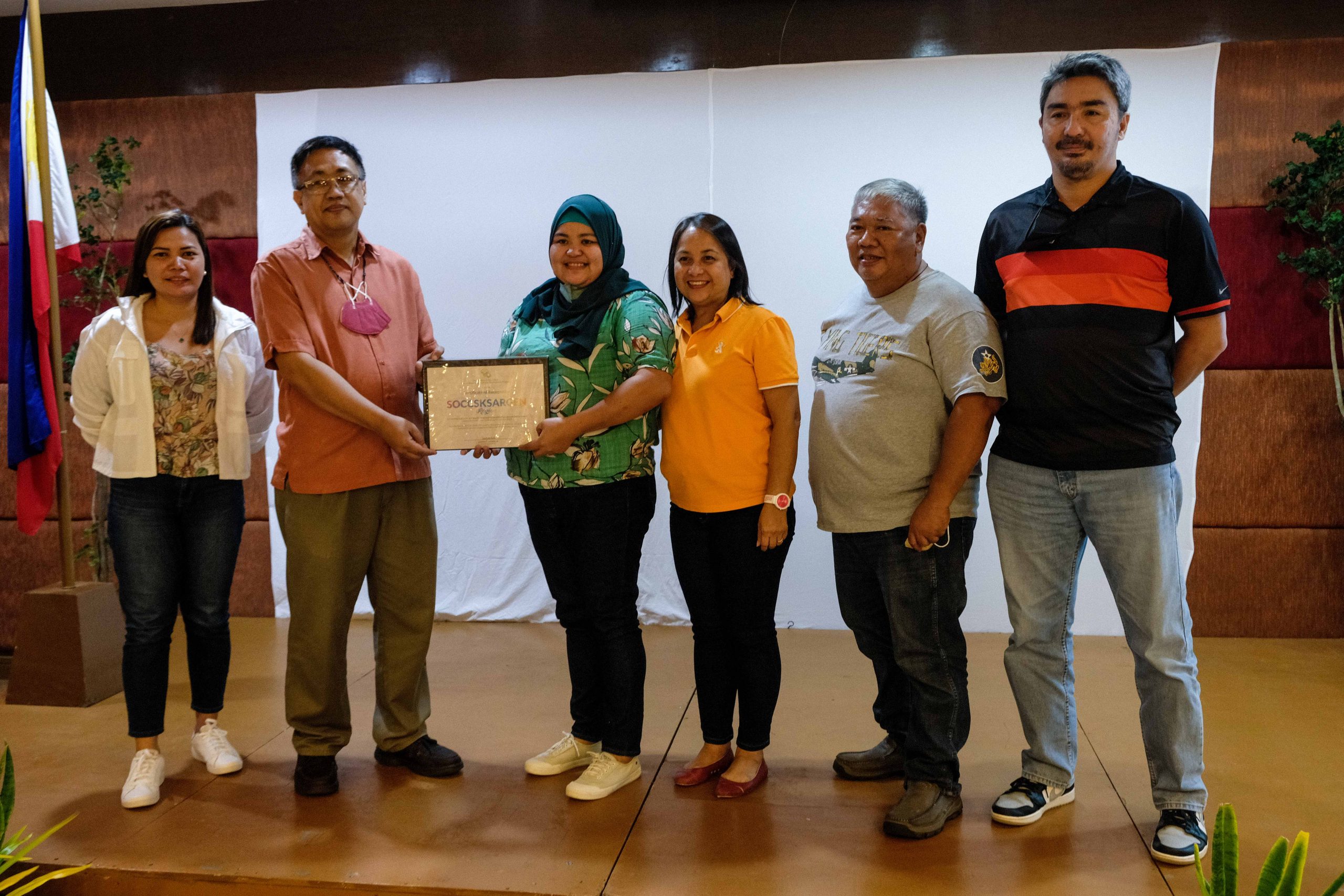
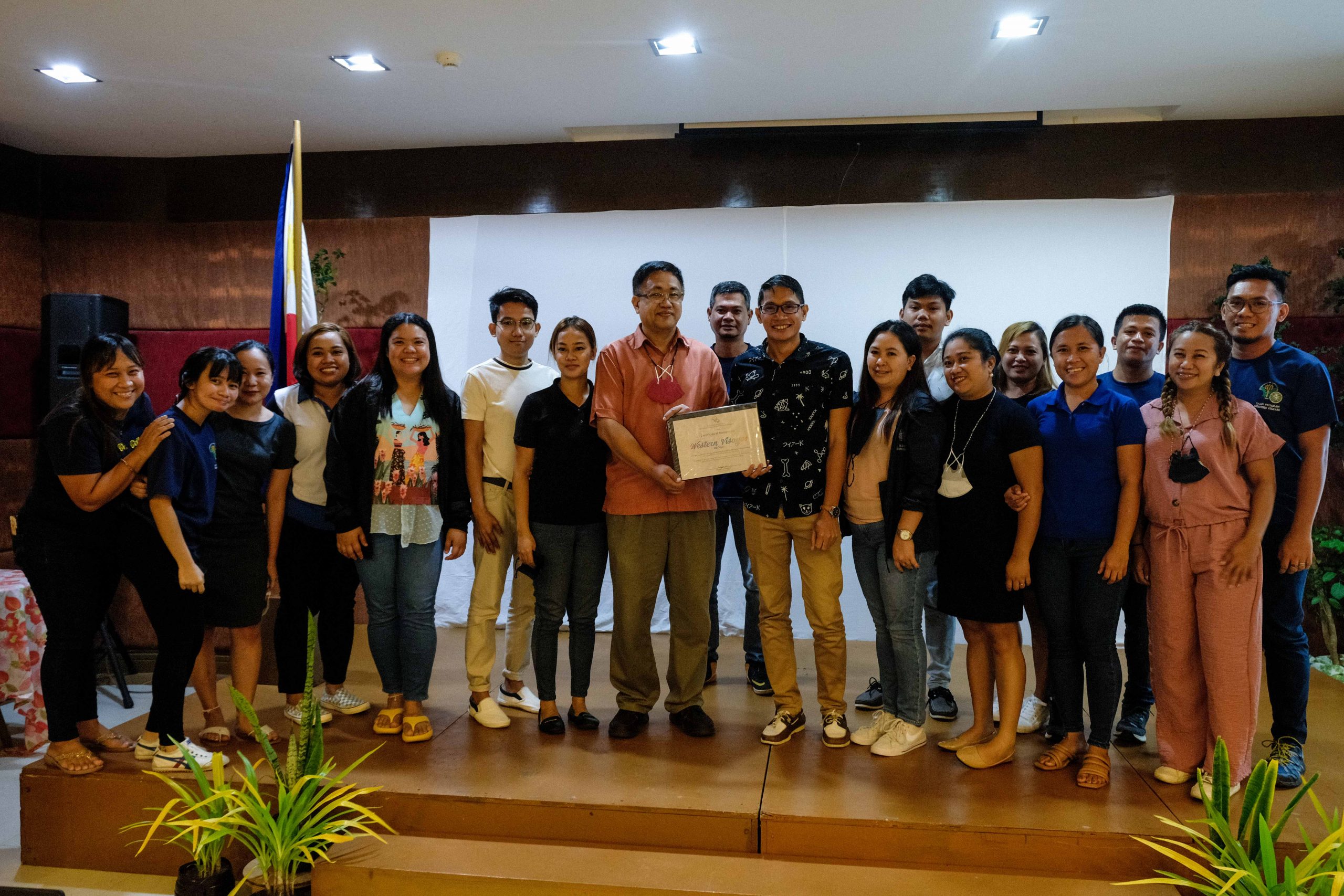
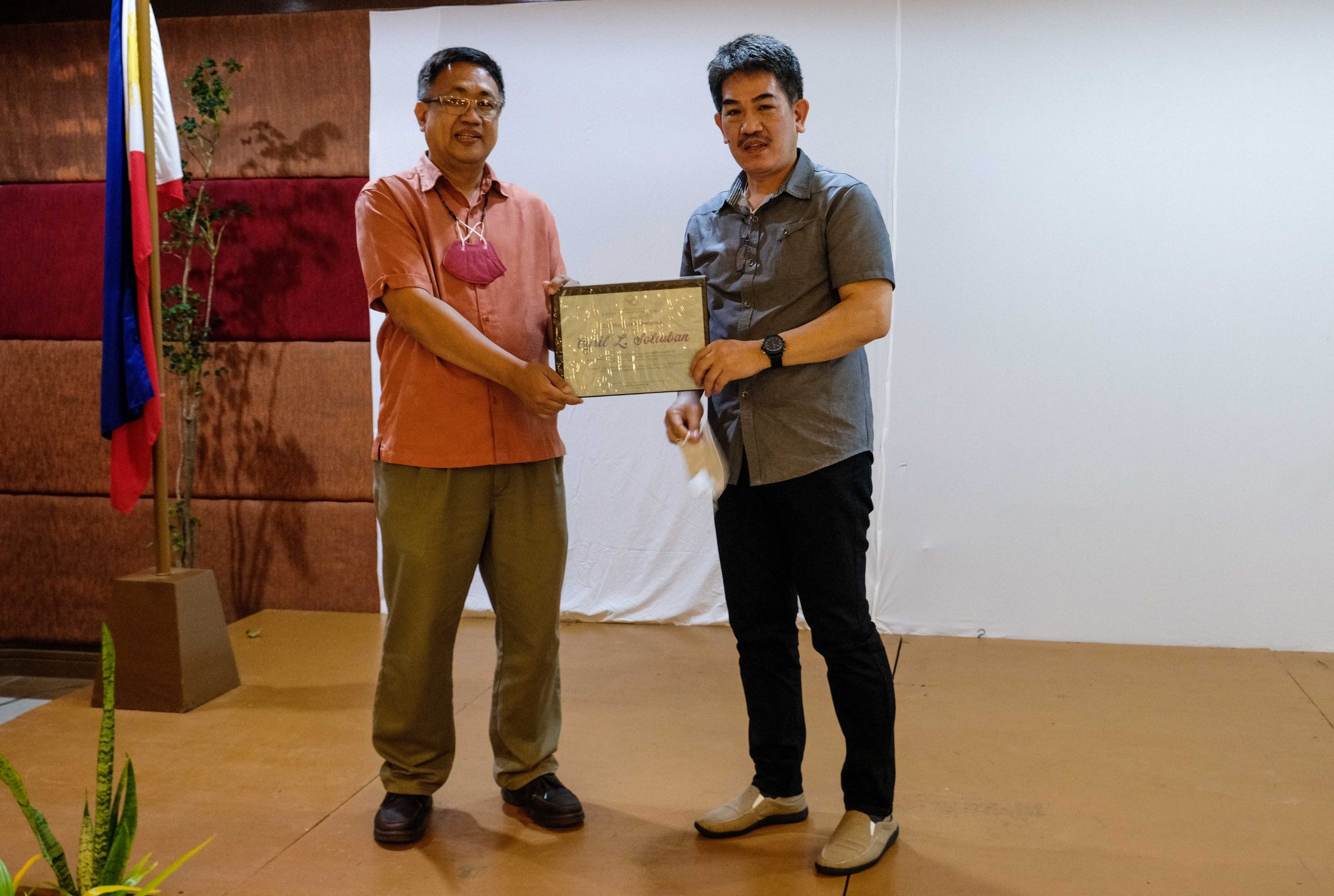
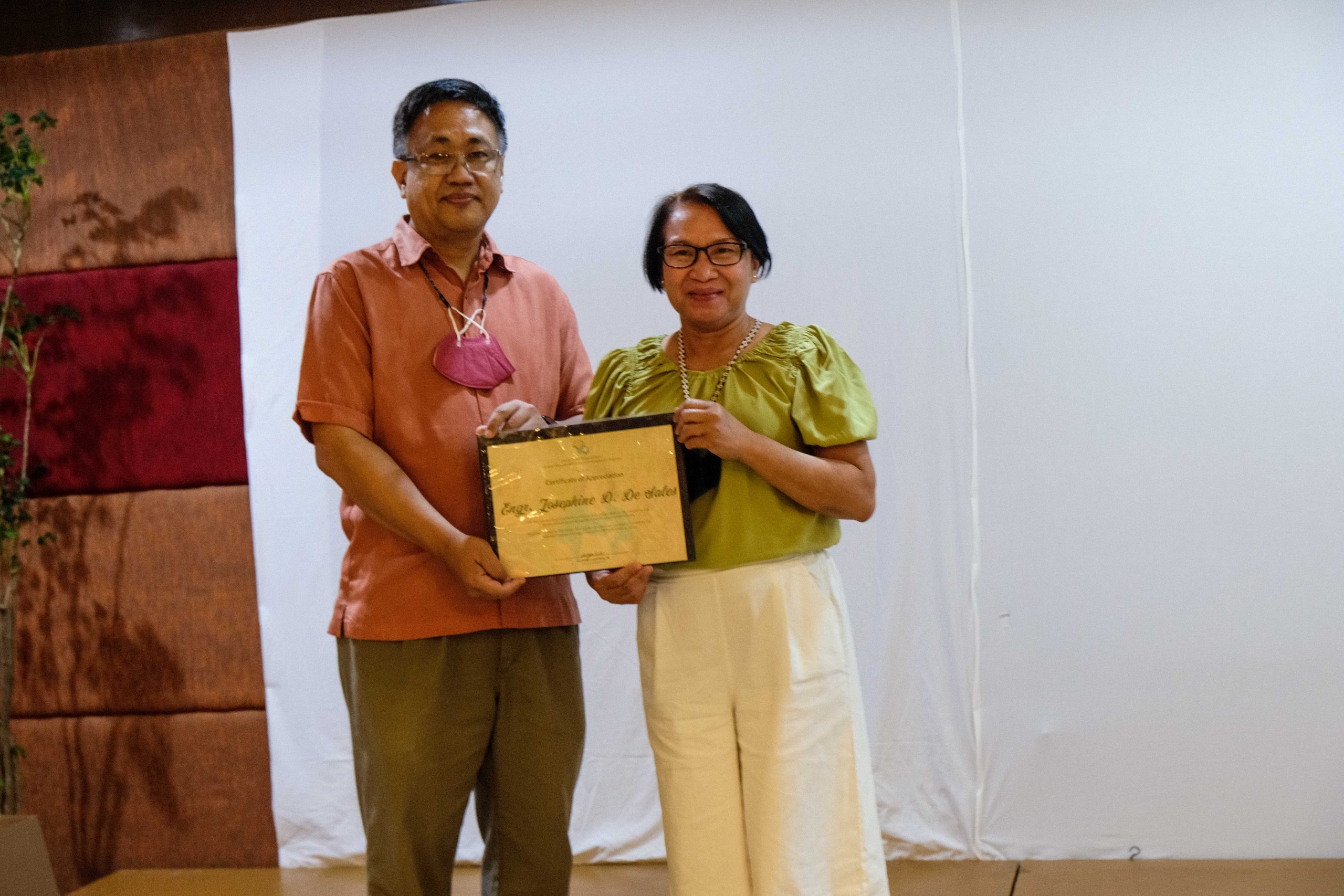
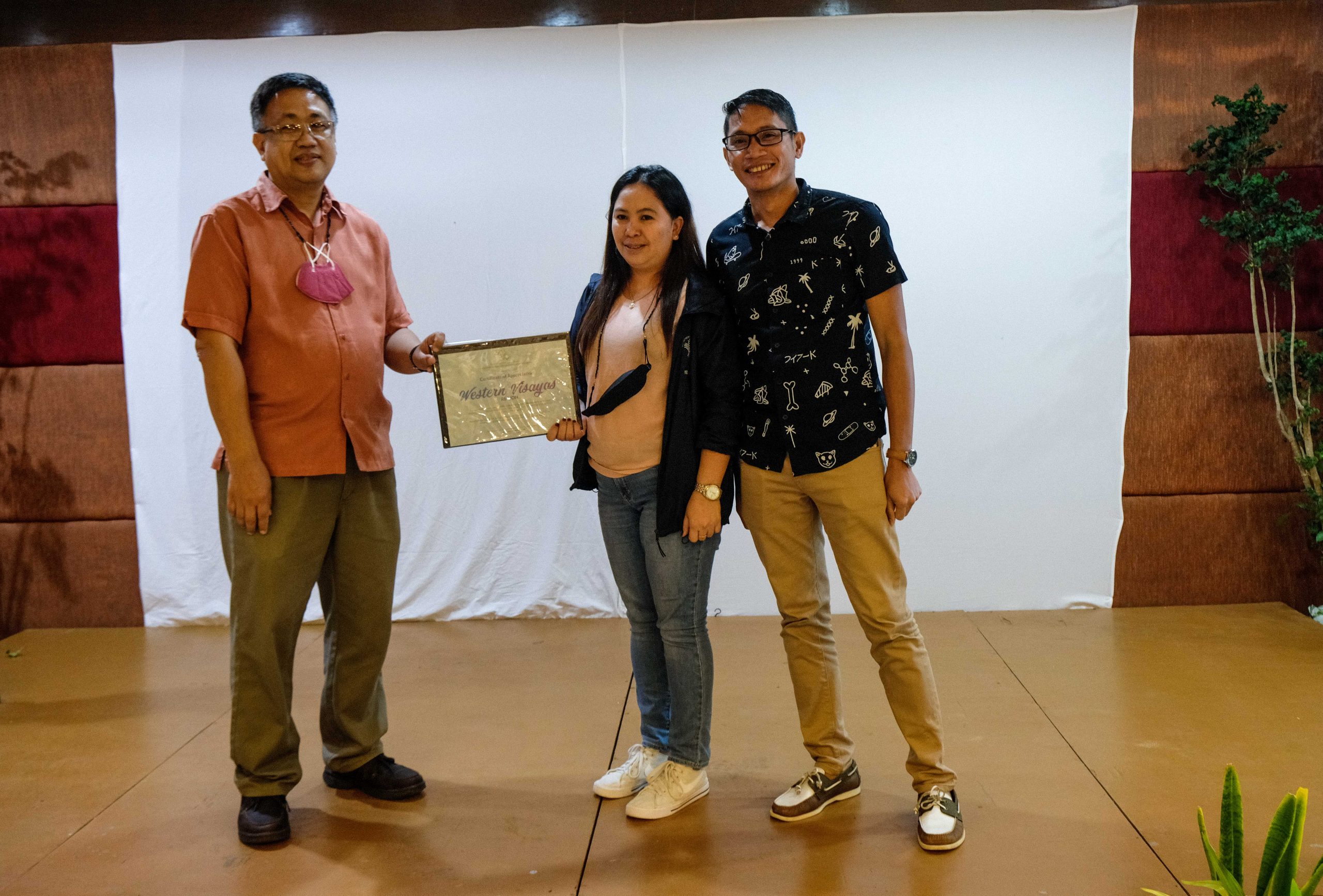
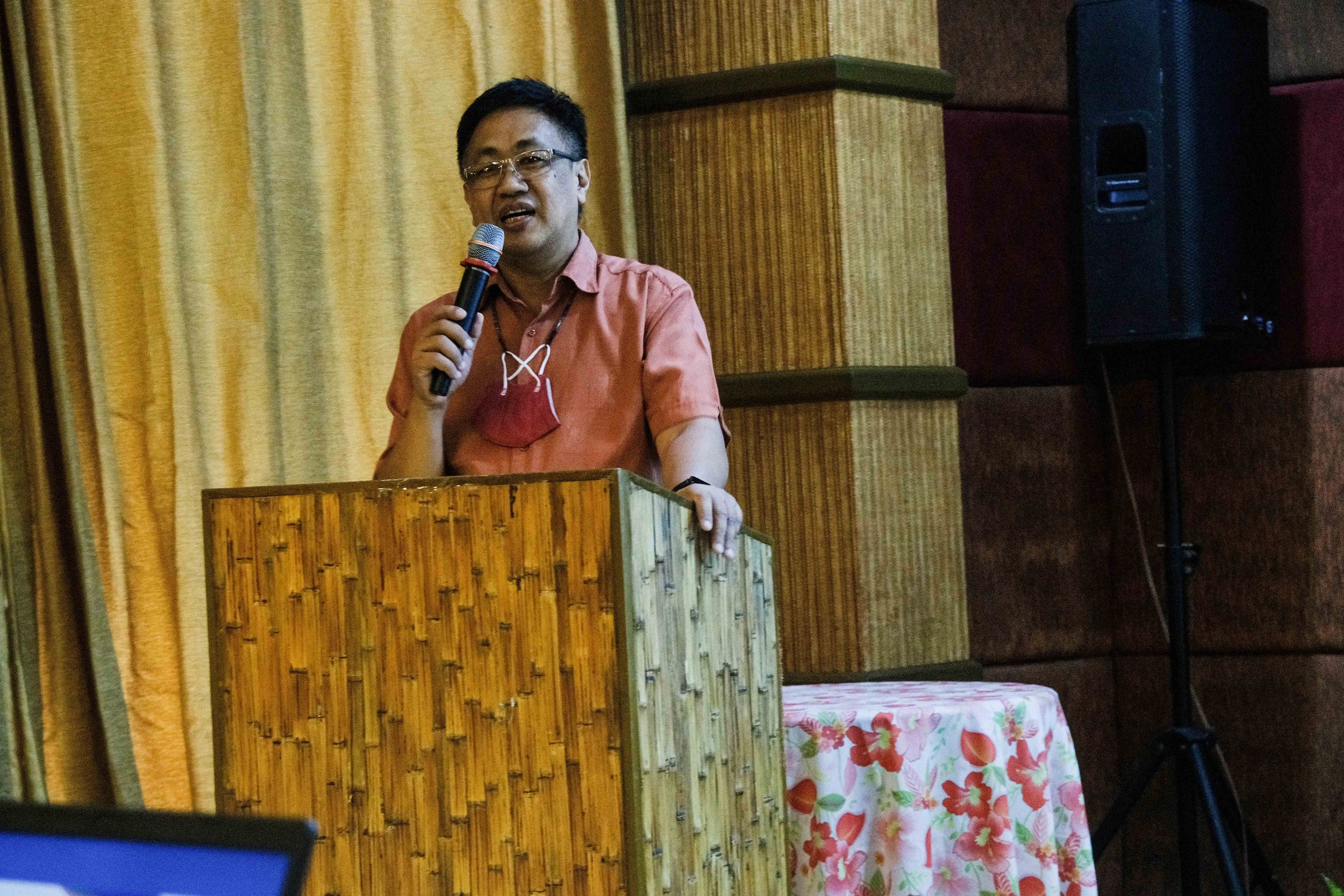
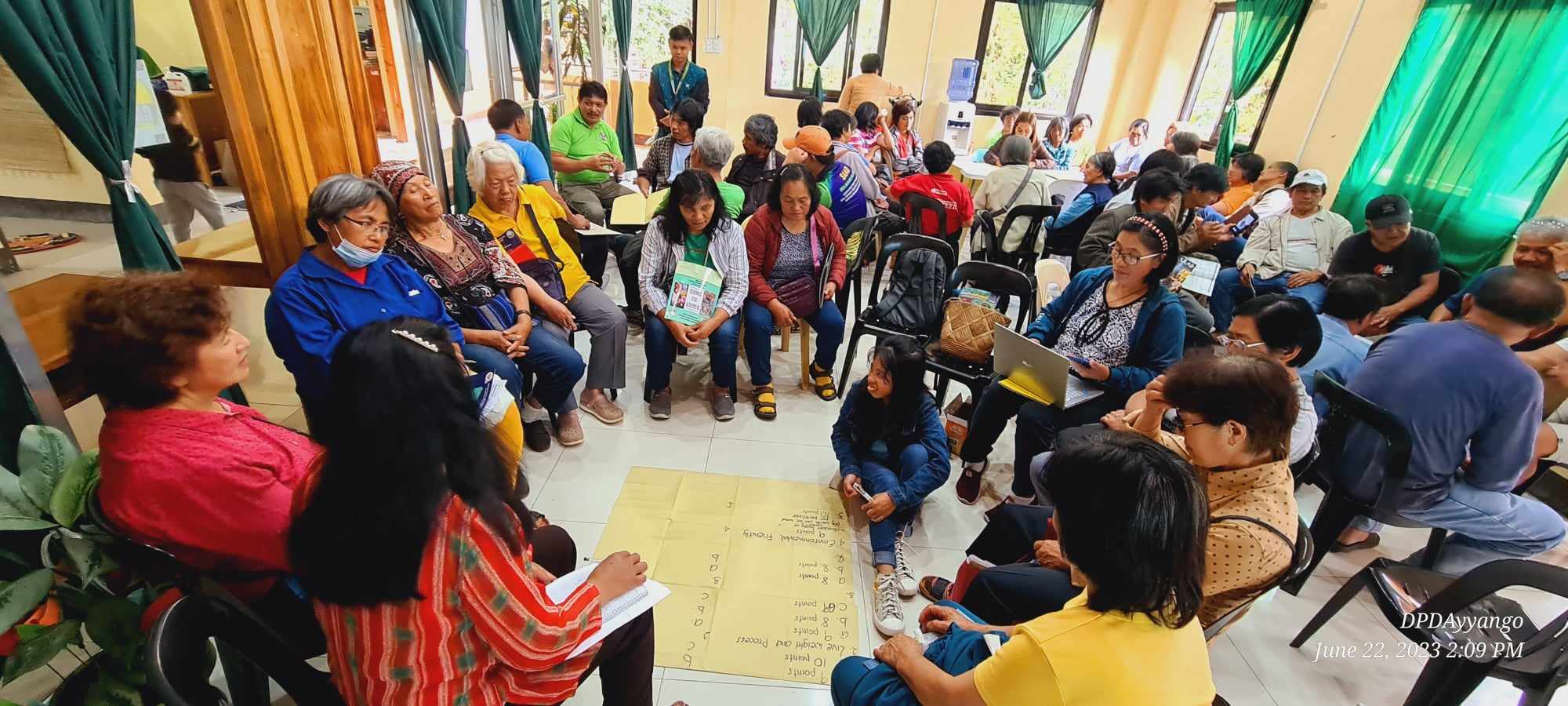
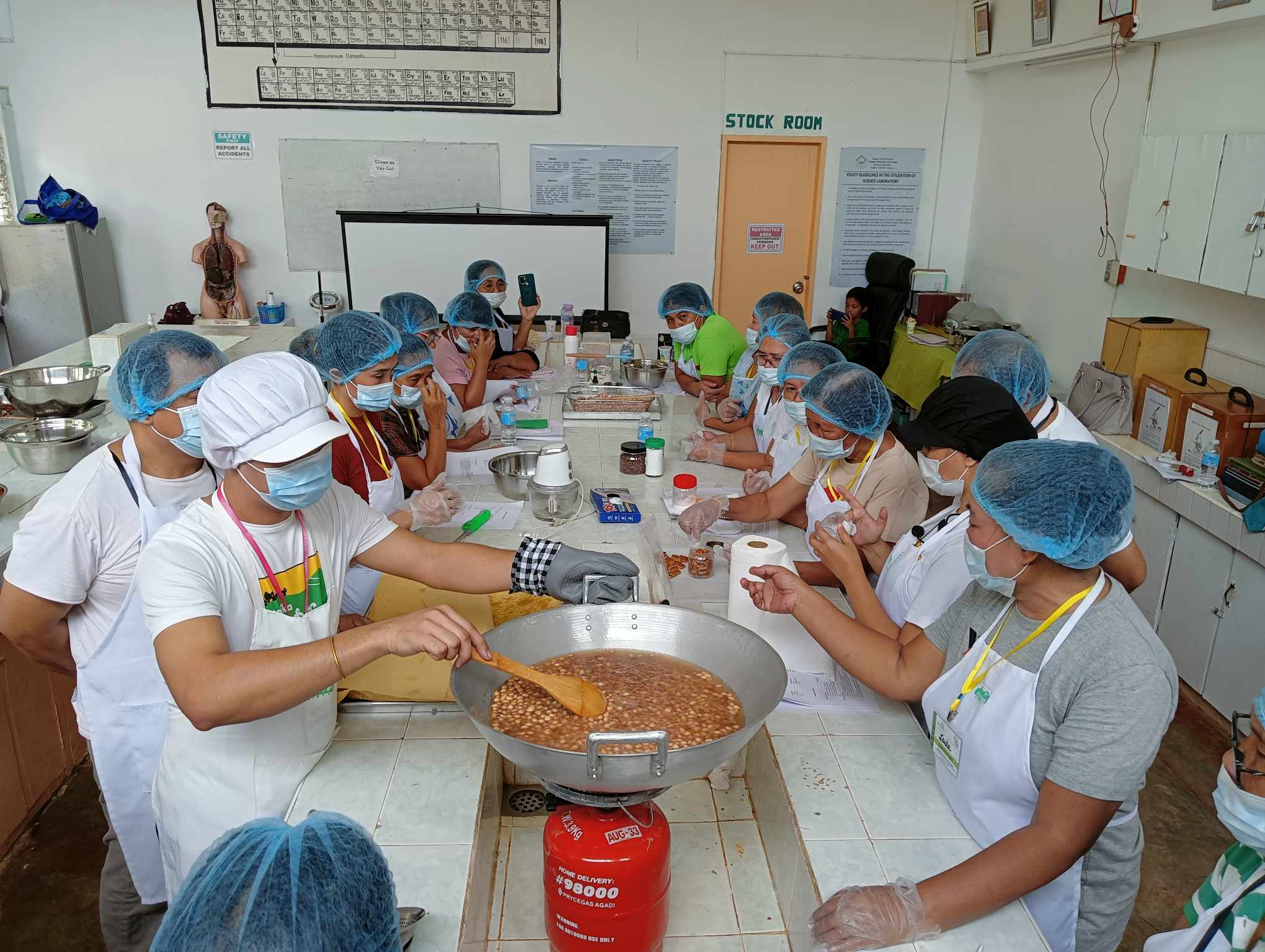
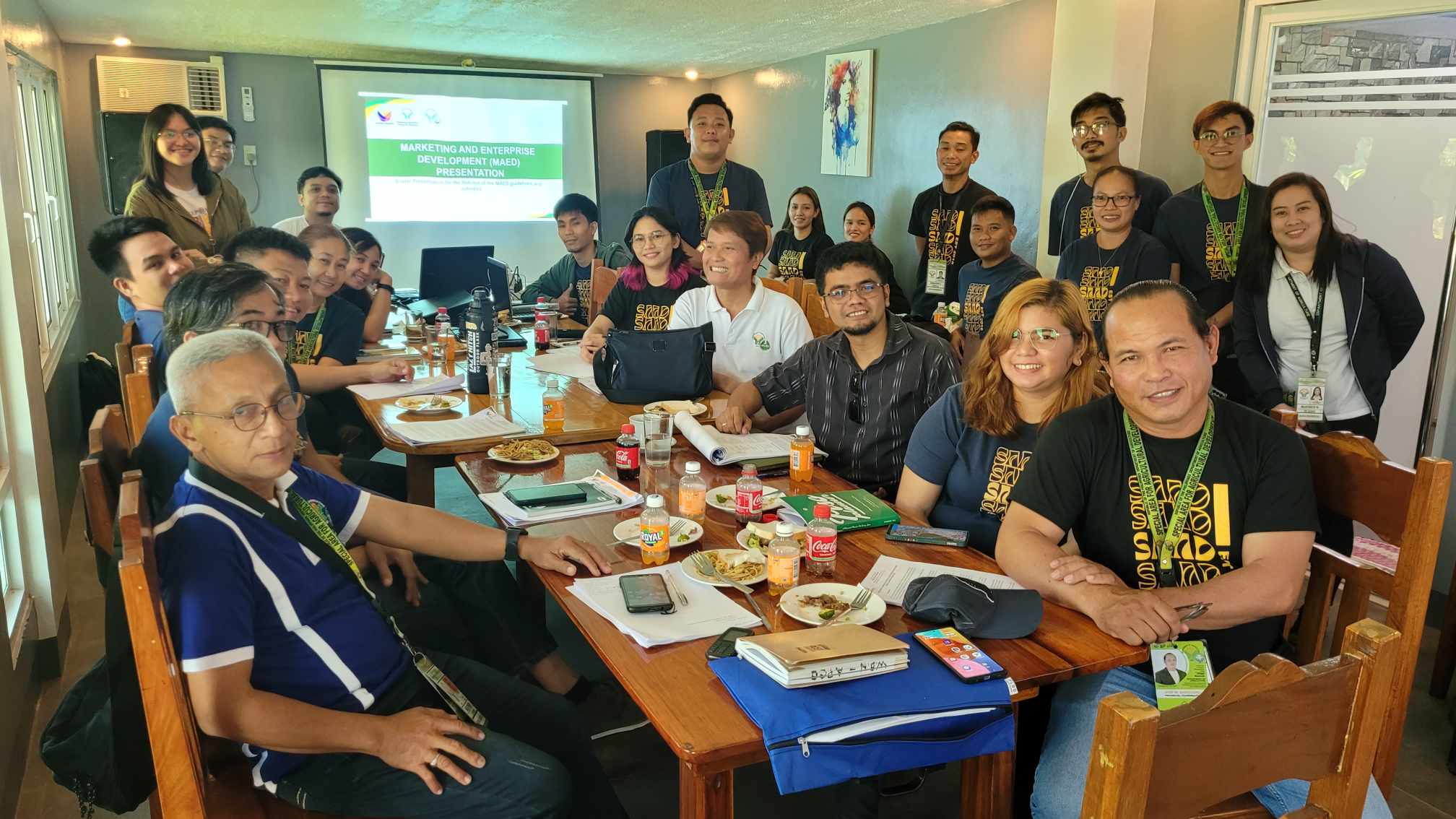
This Post Has 0 Comments